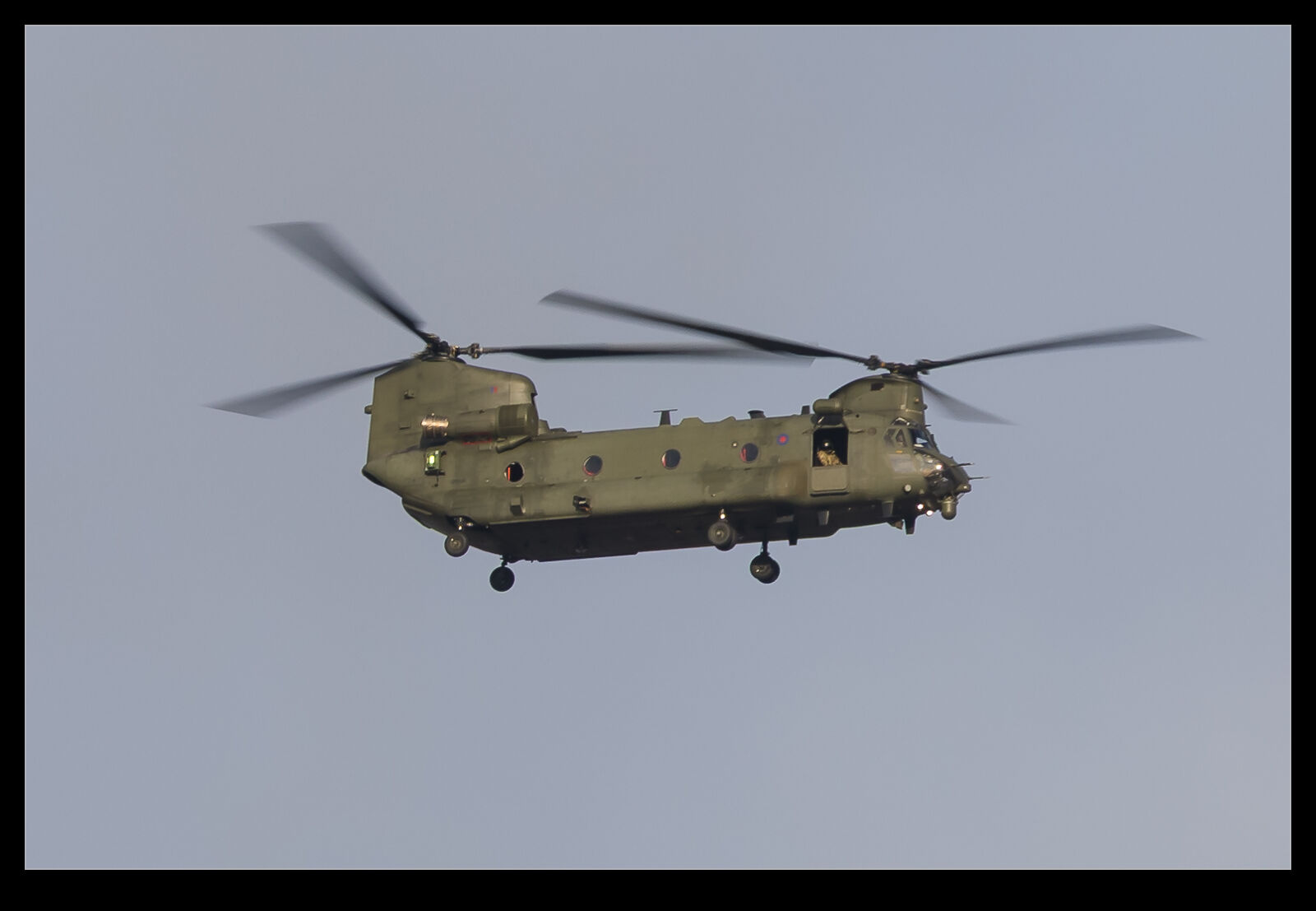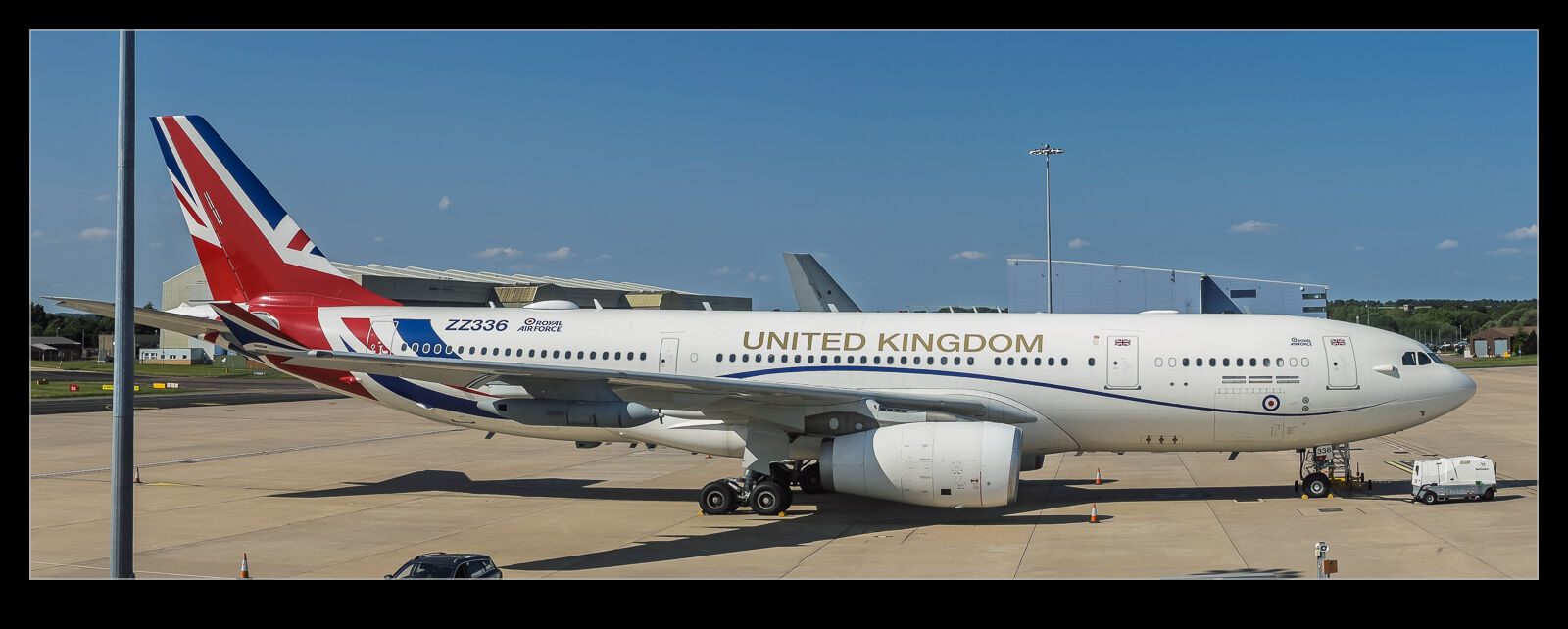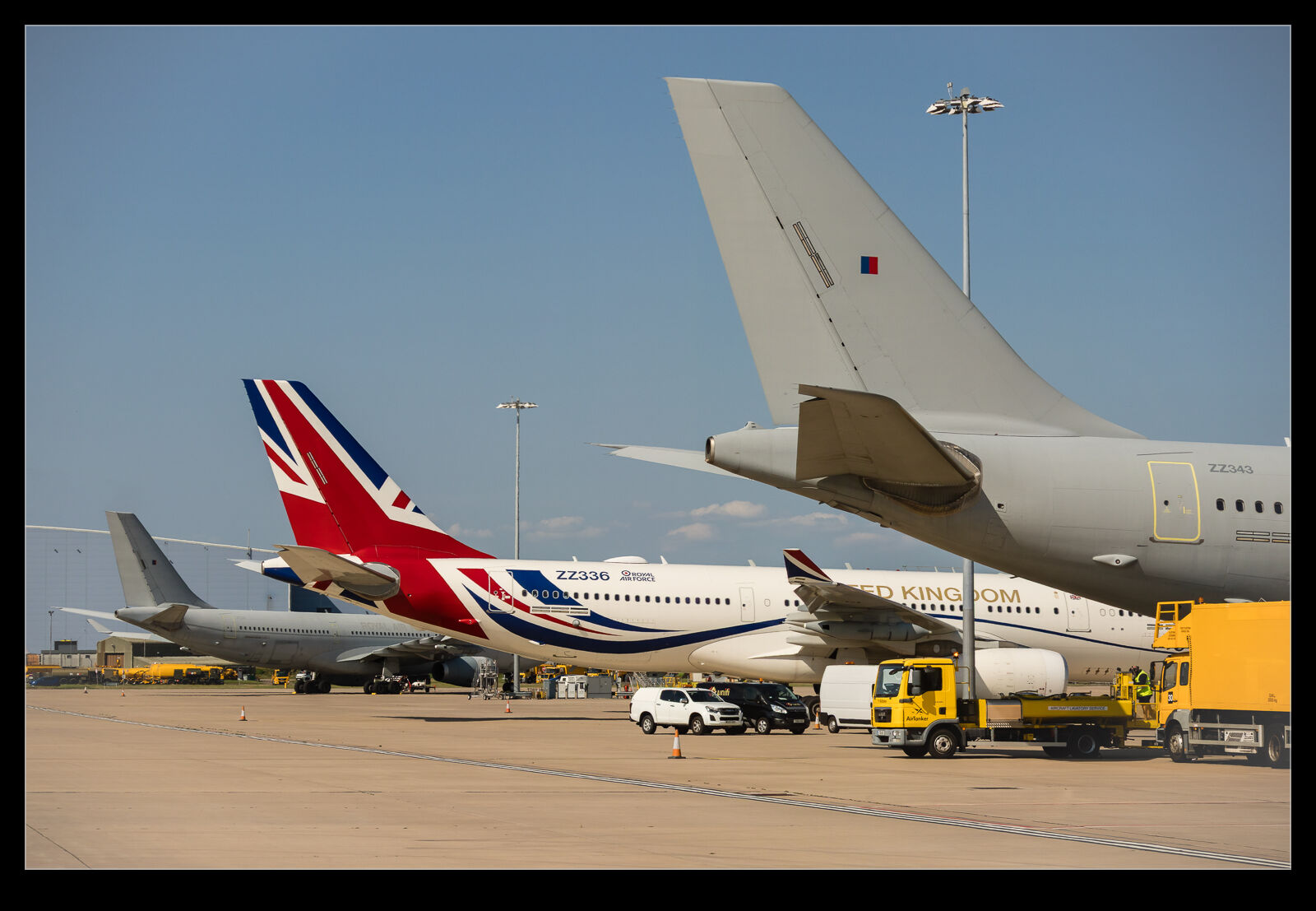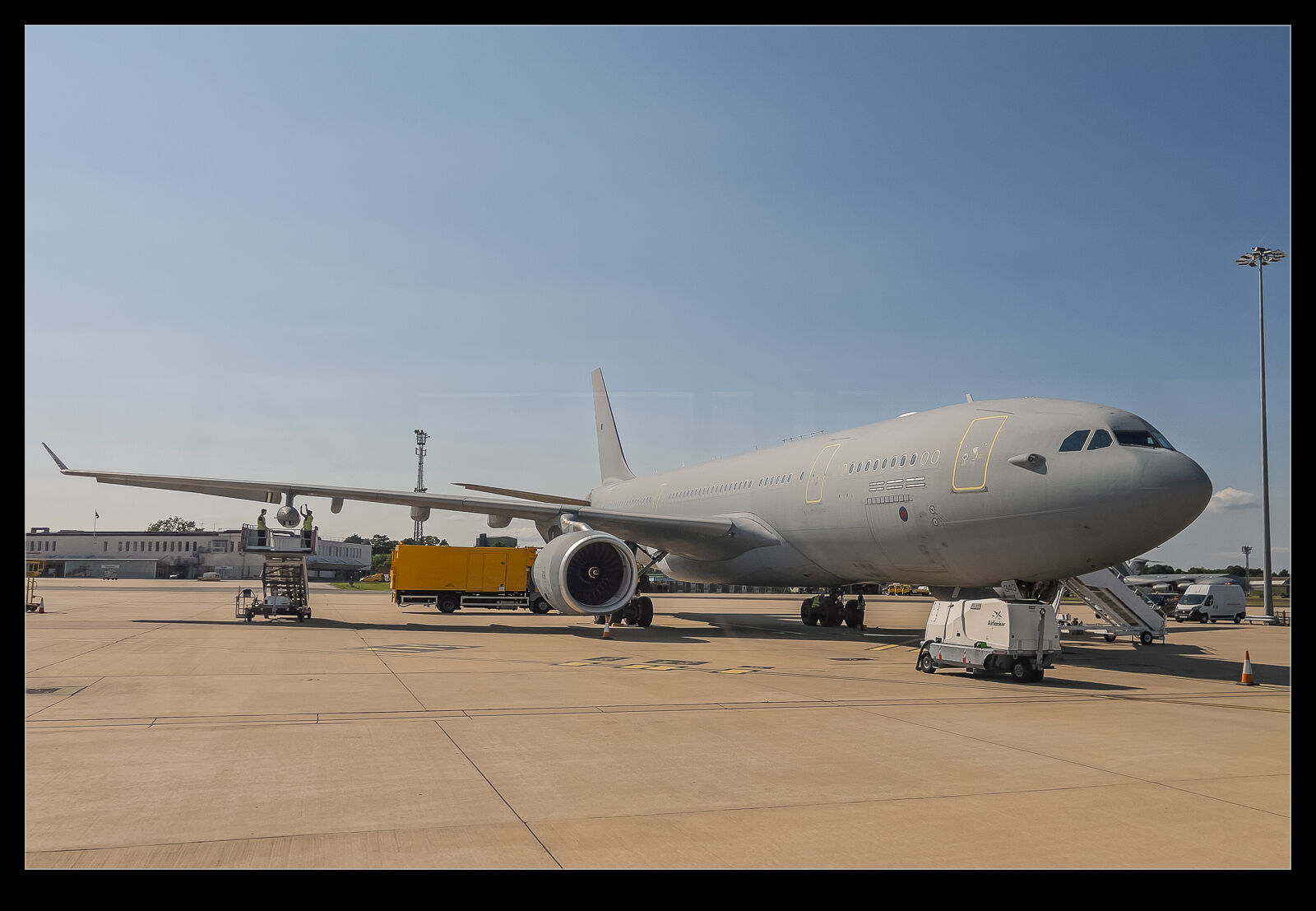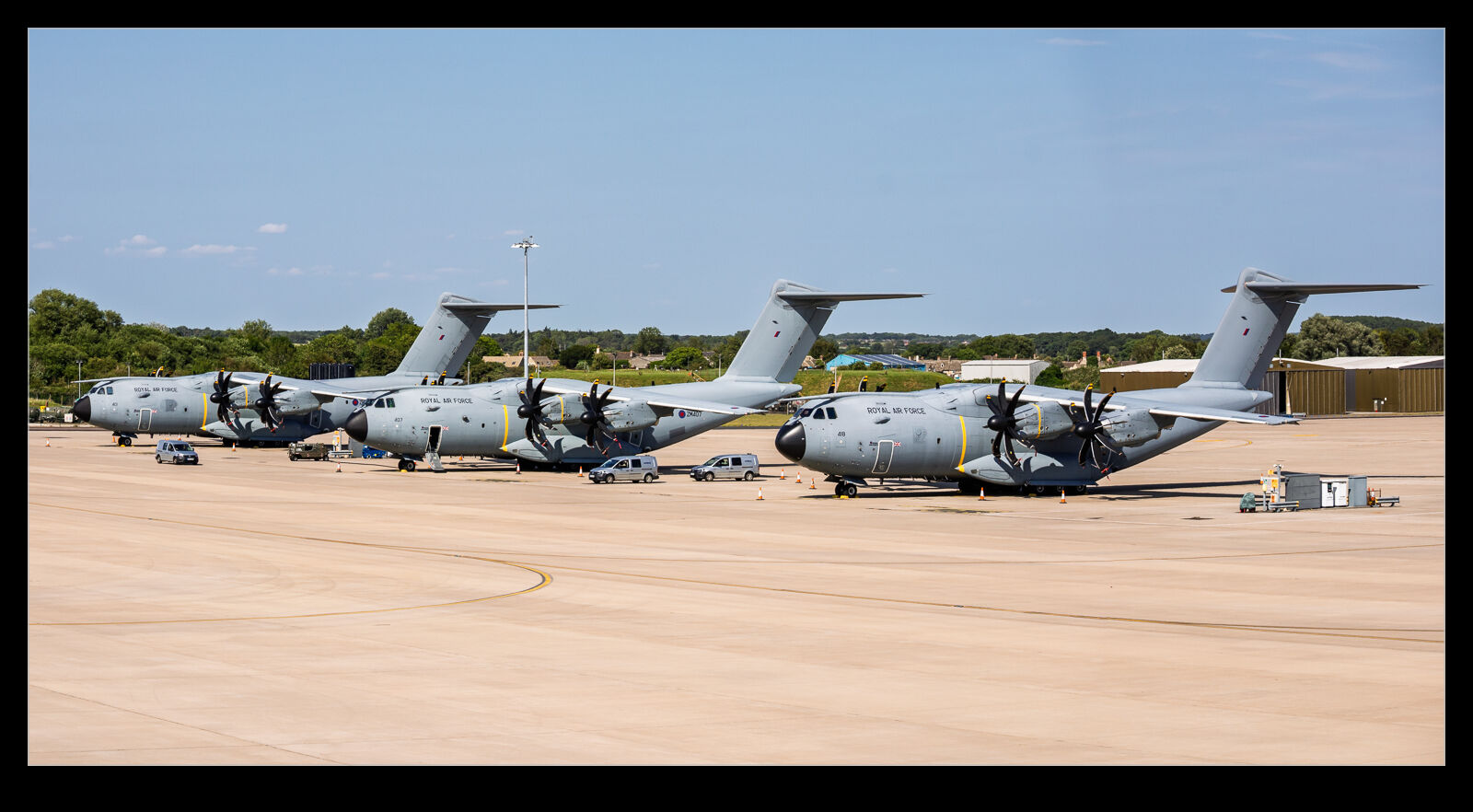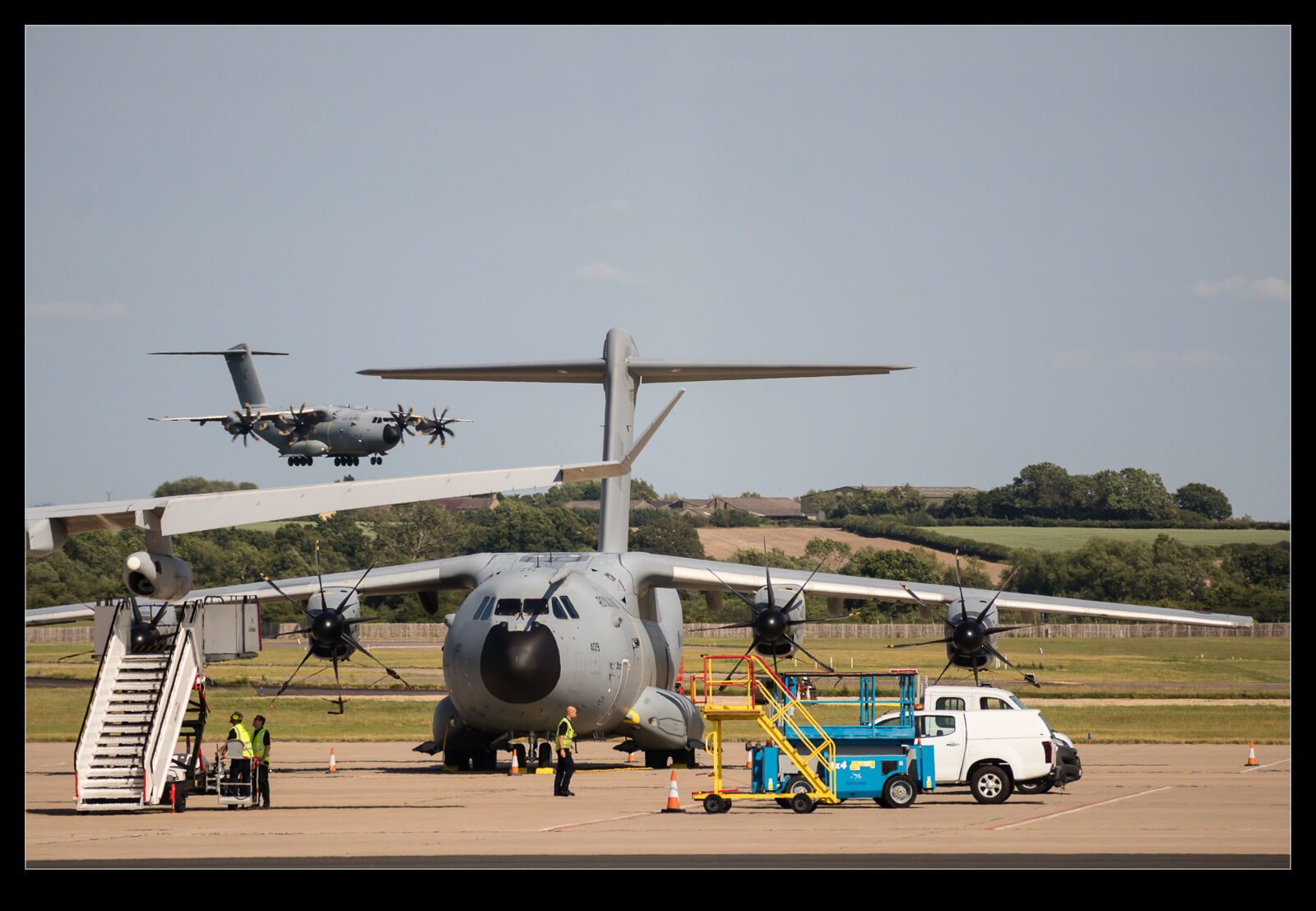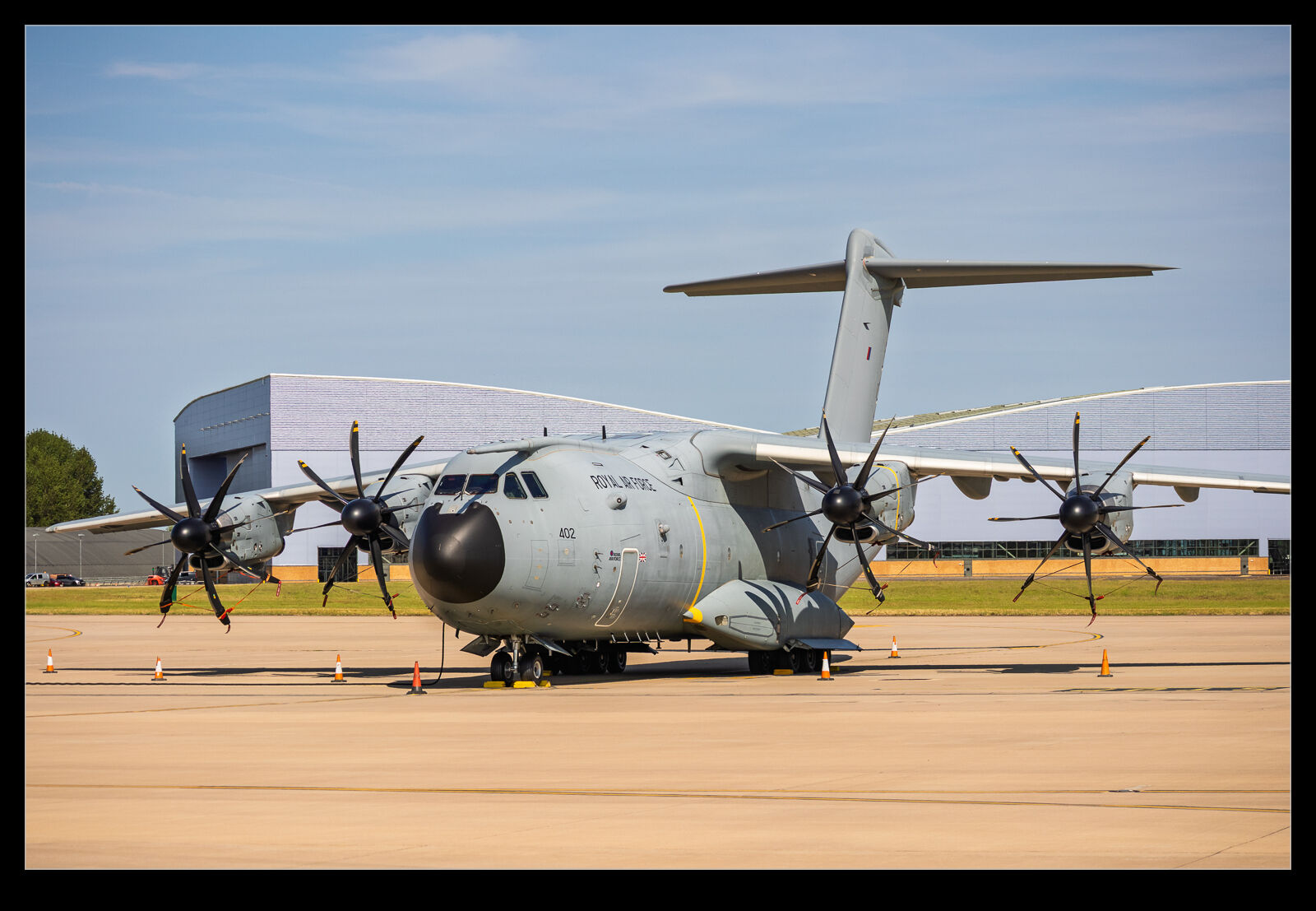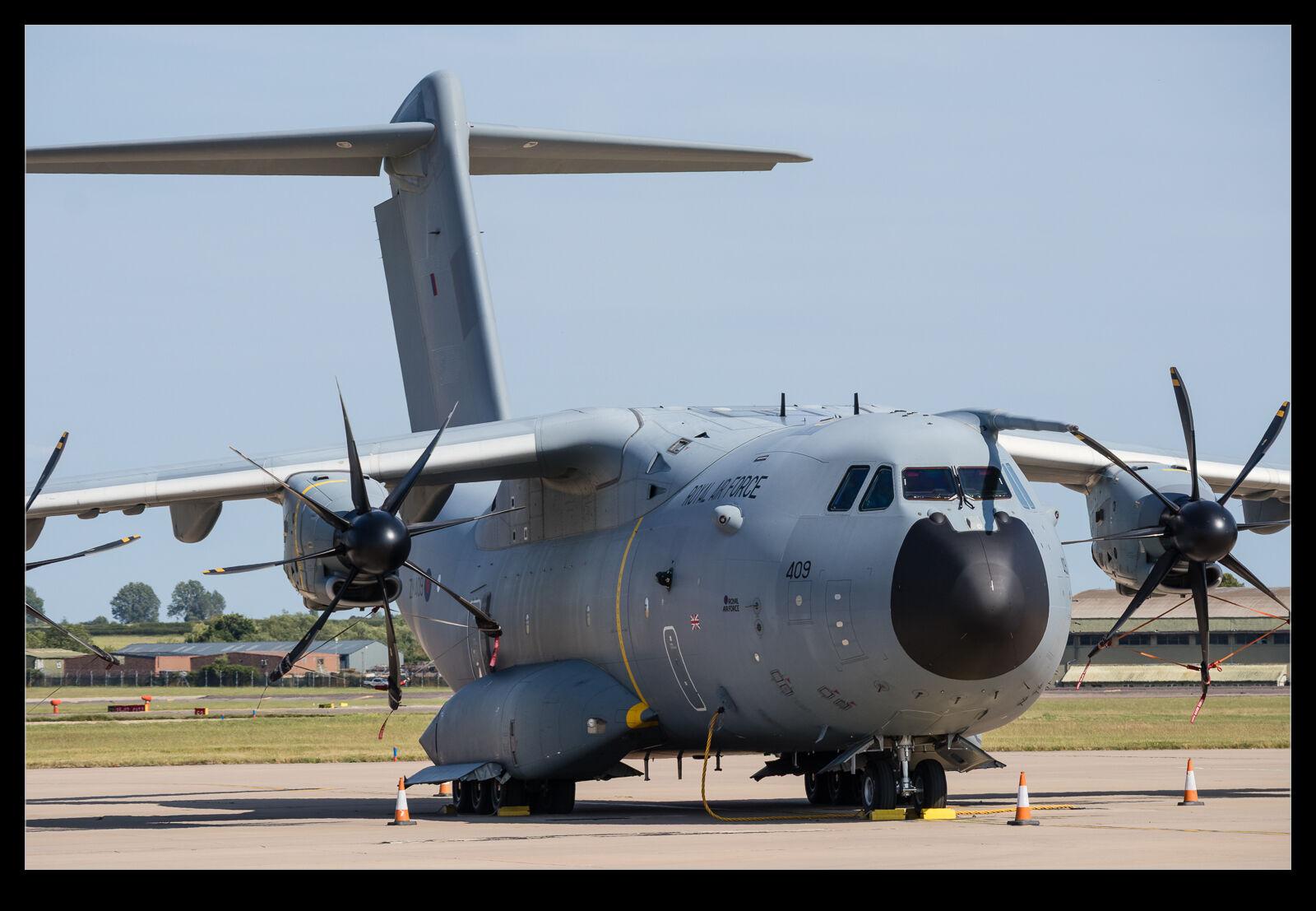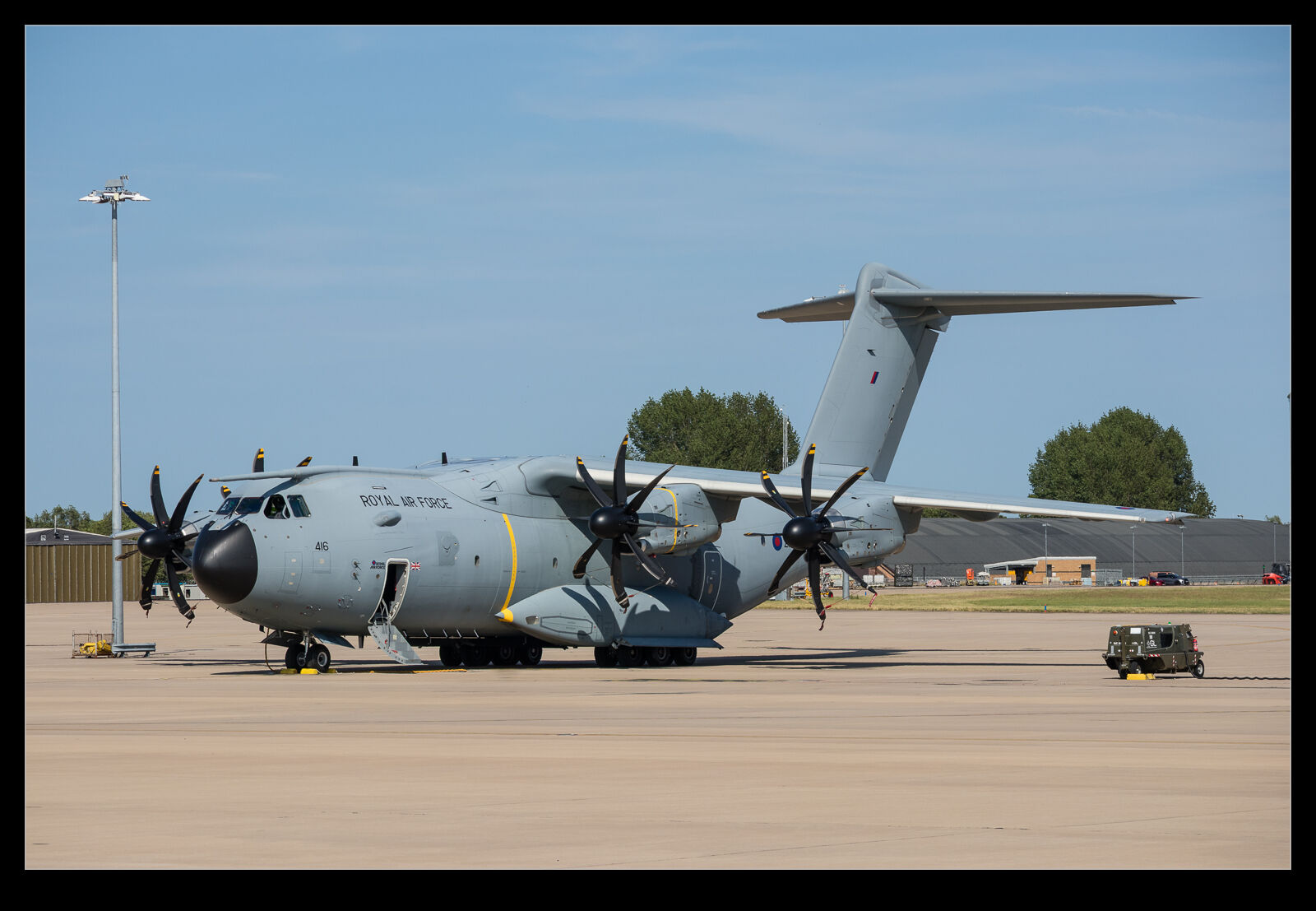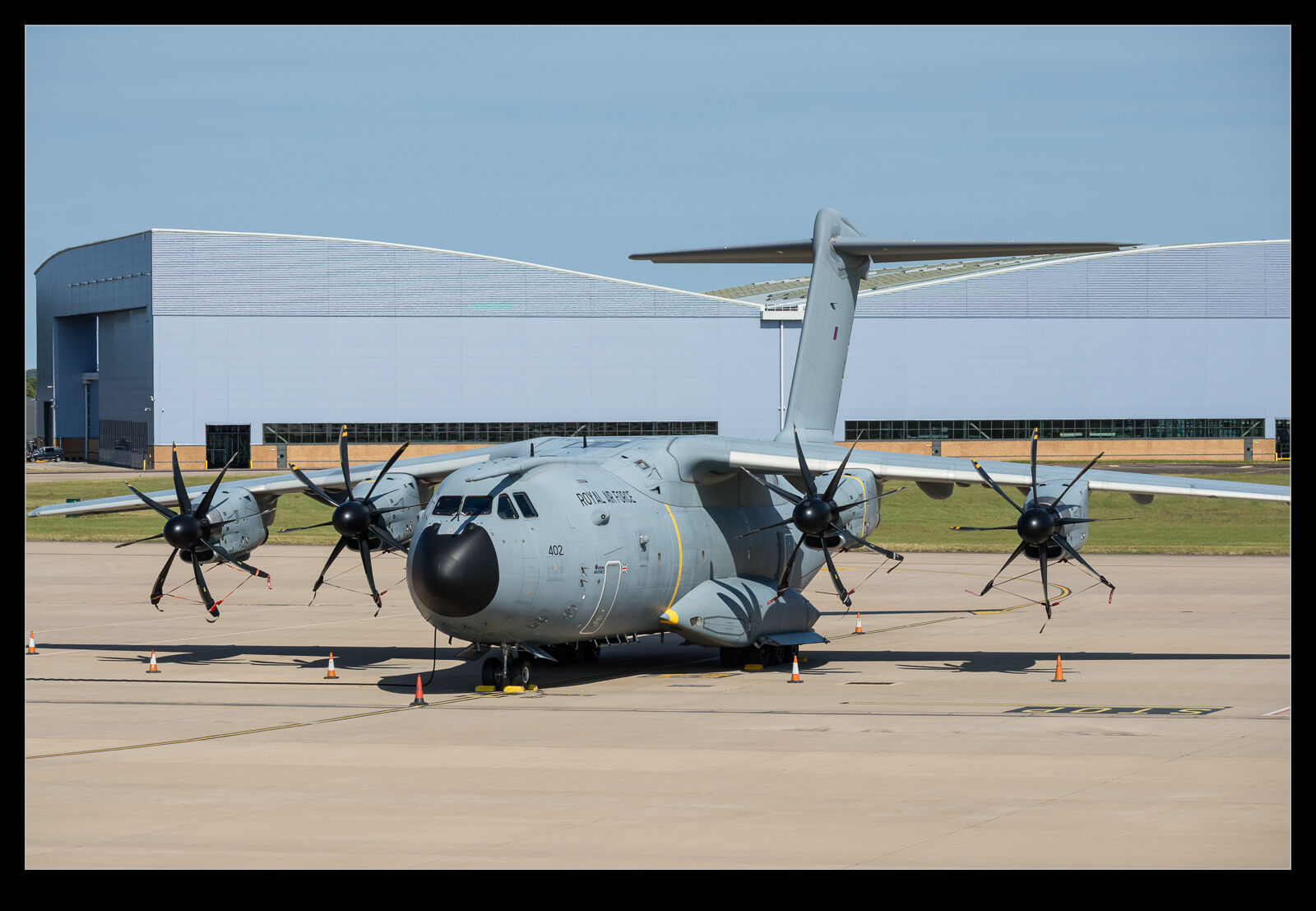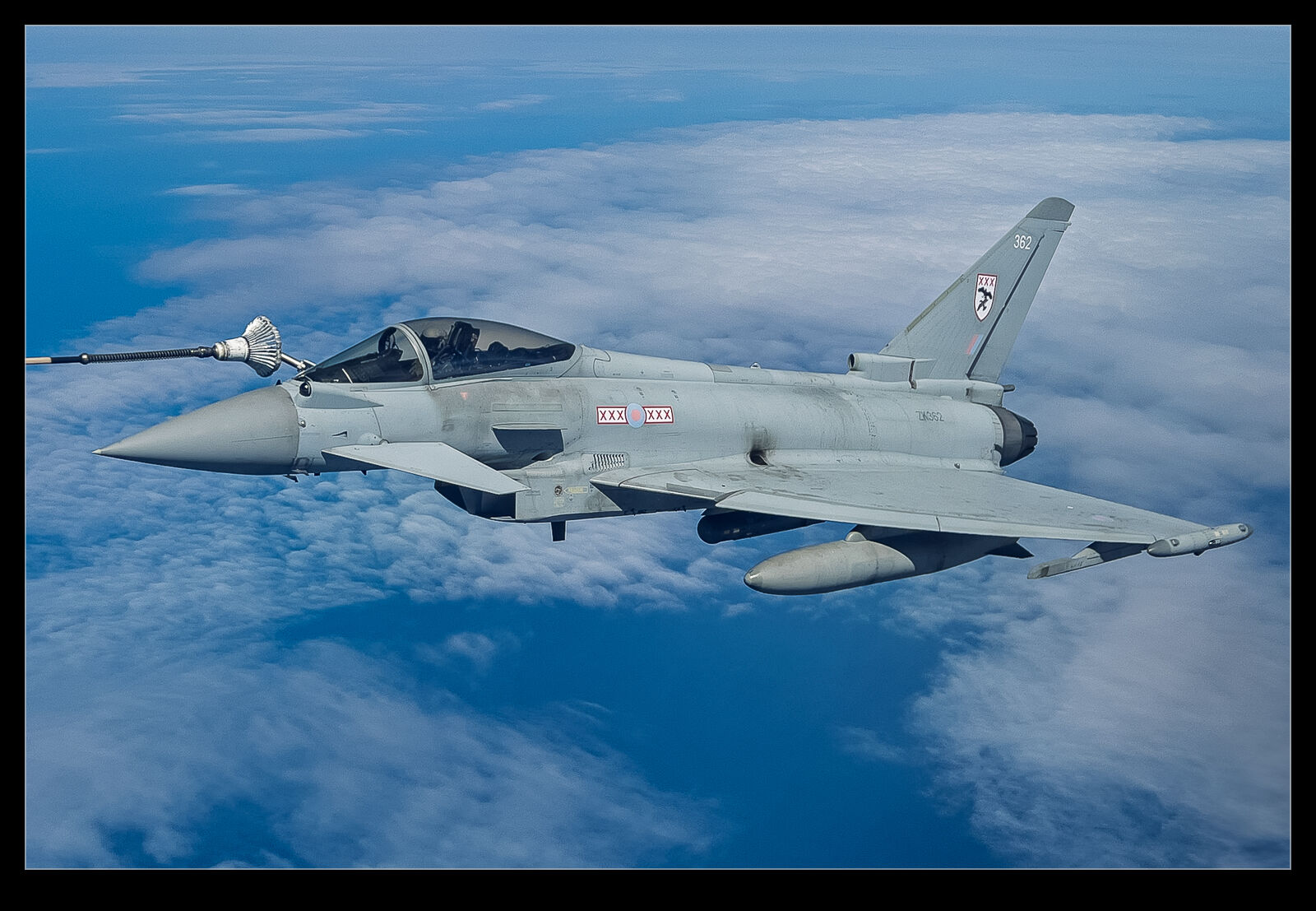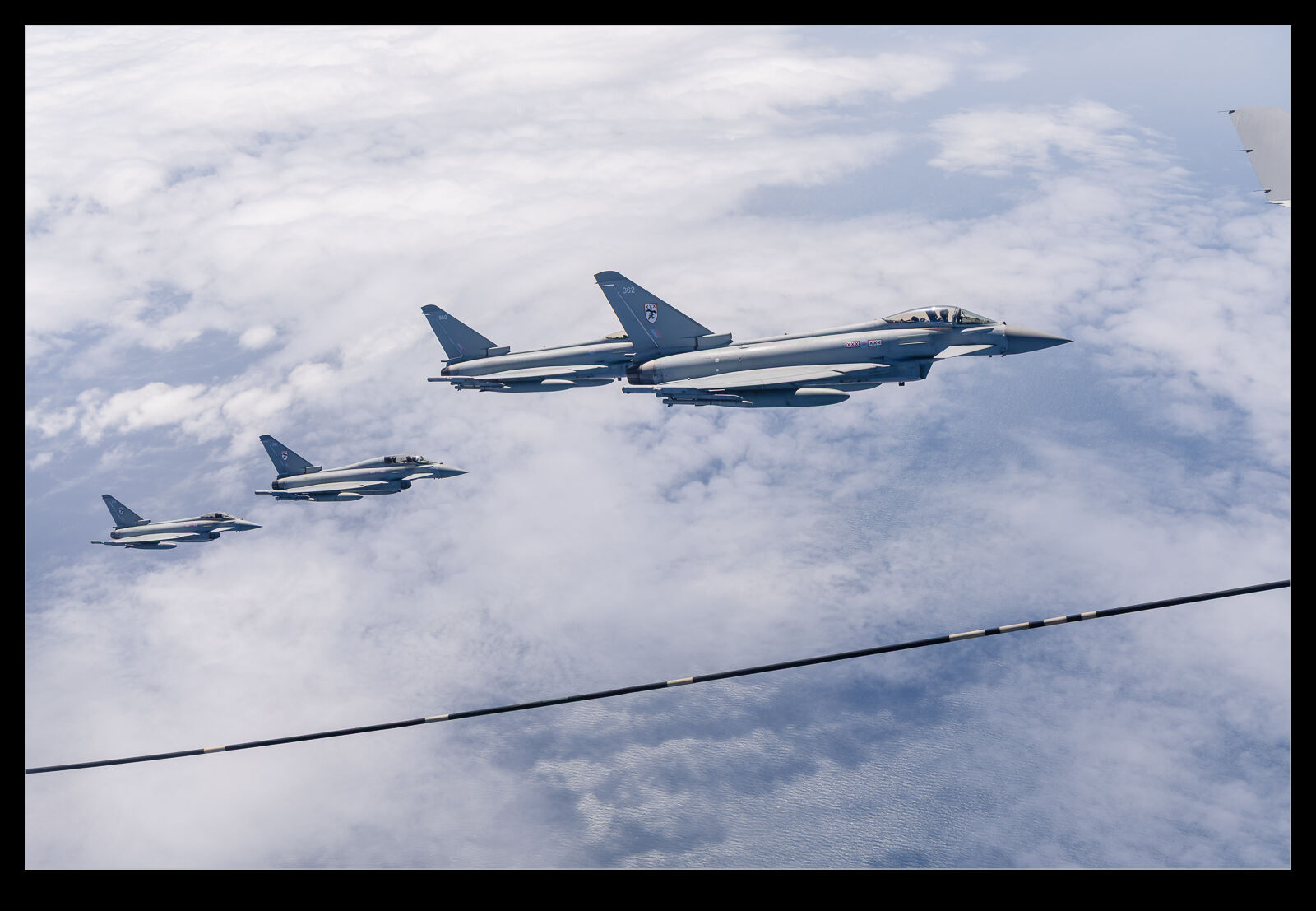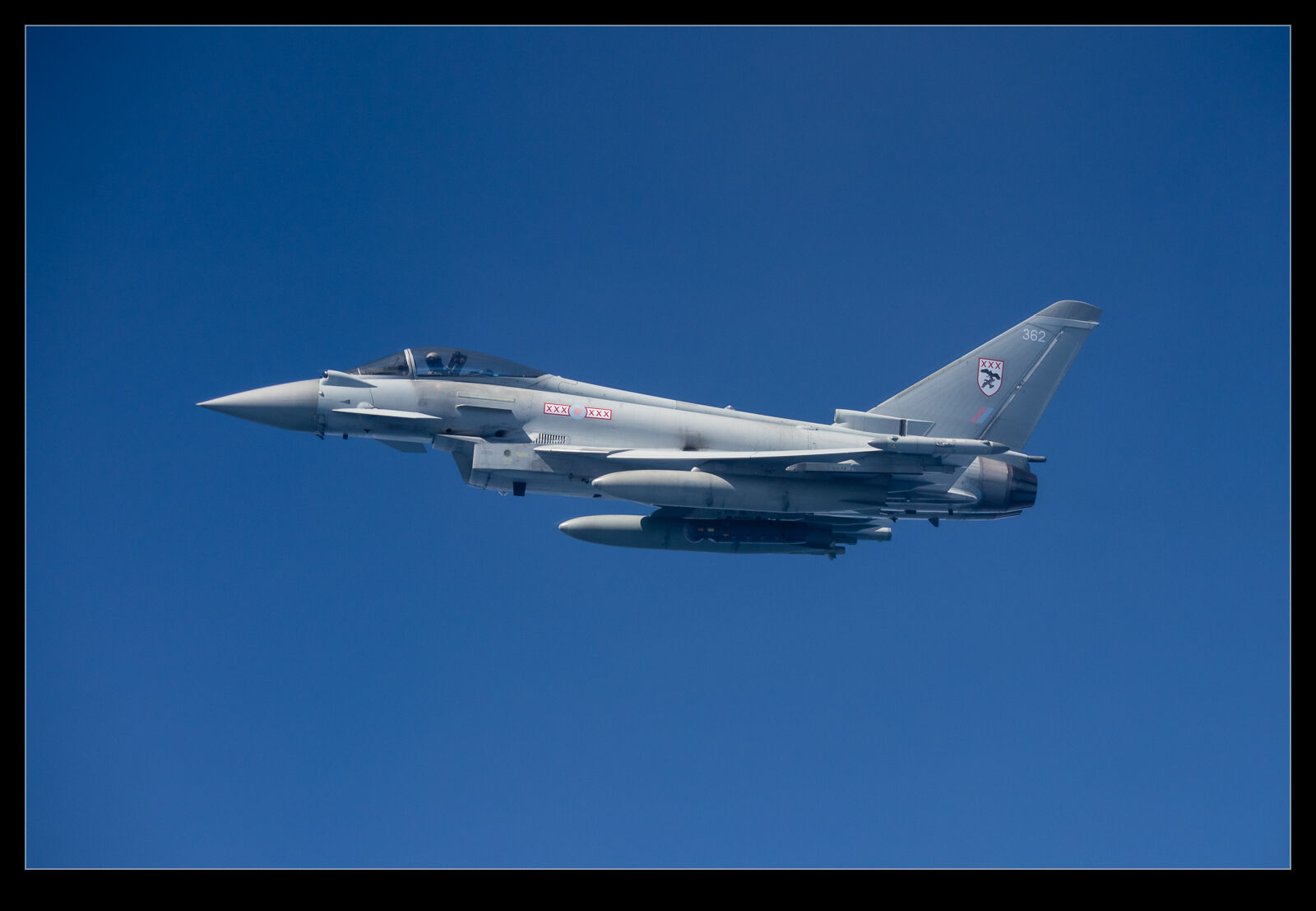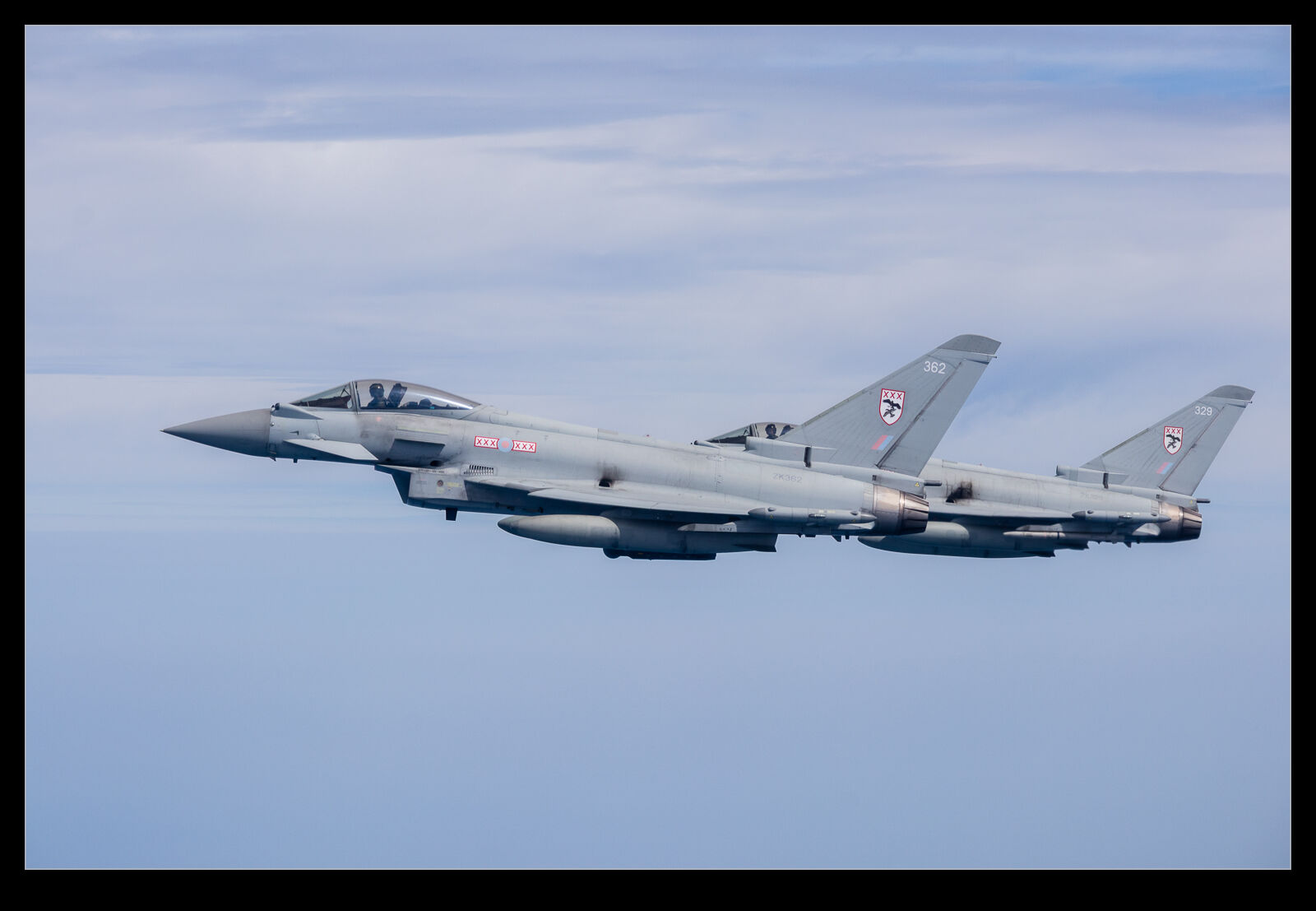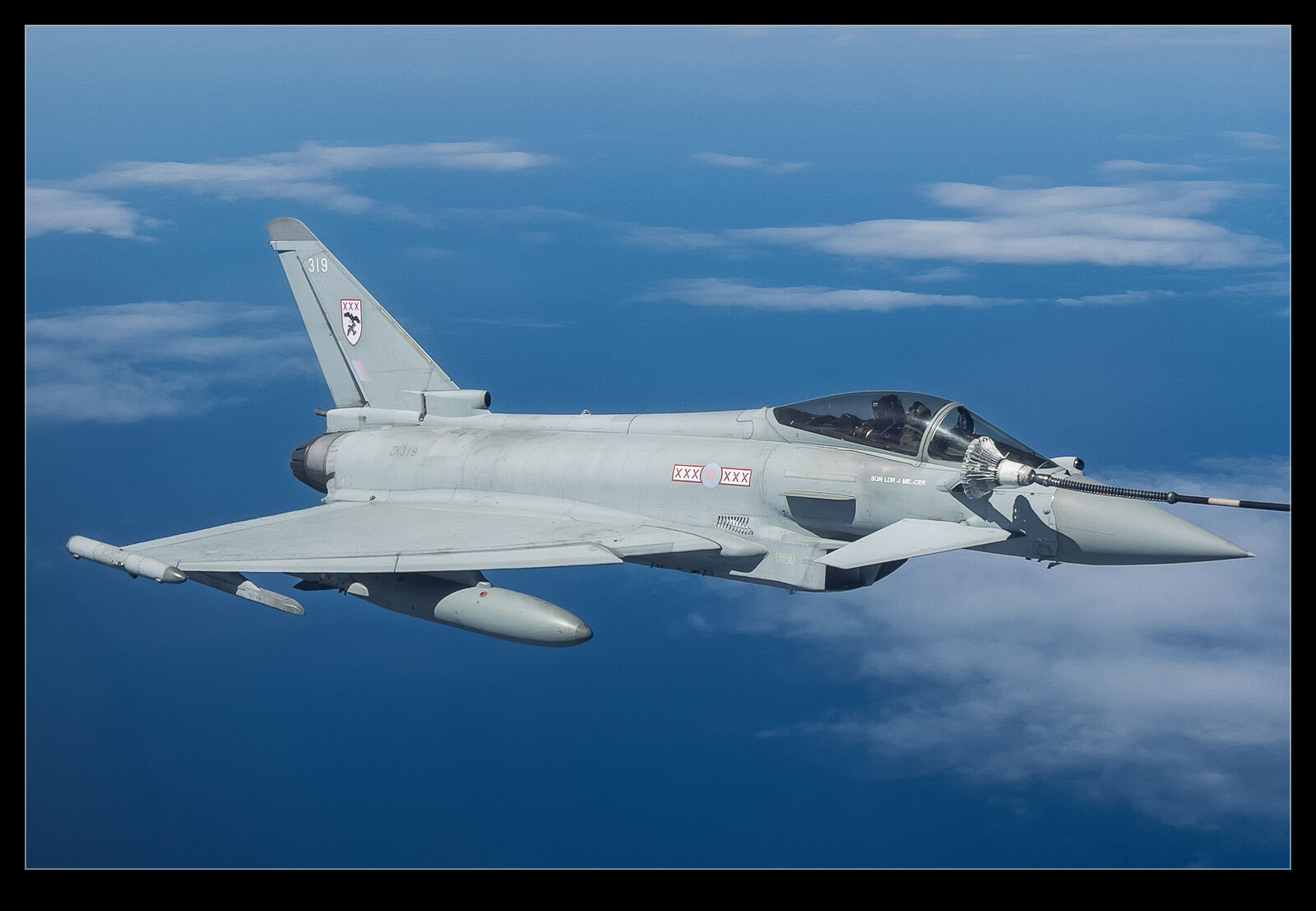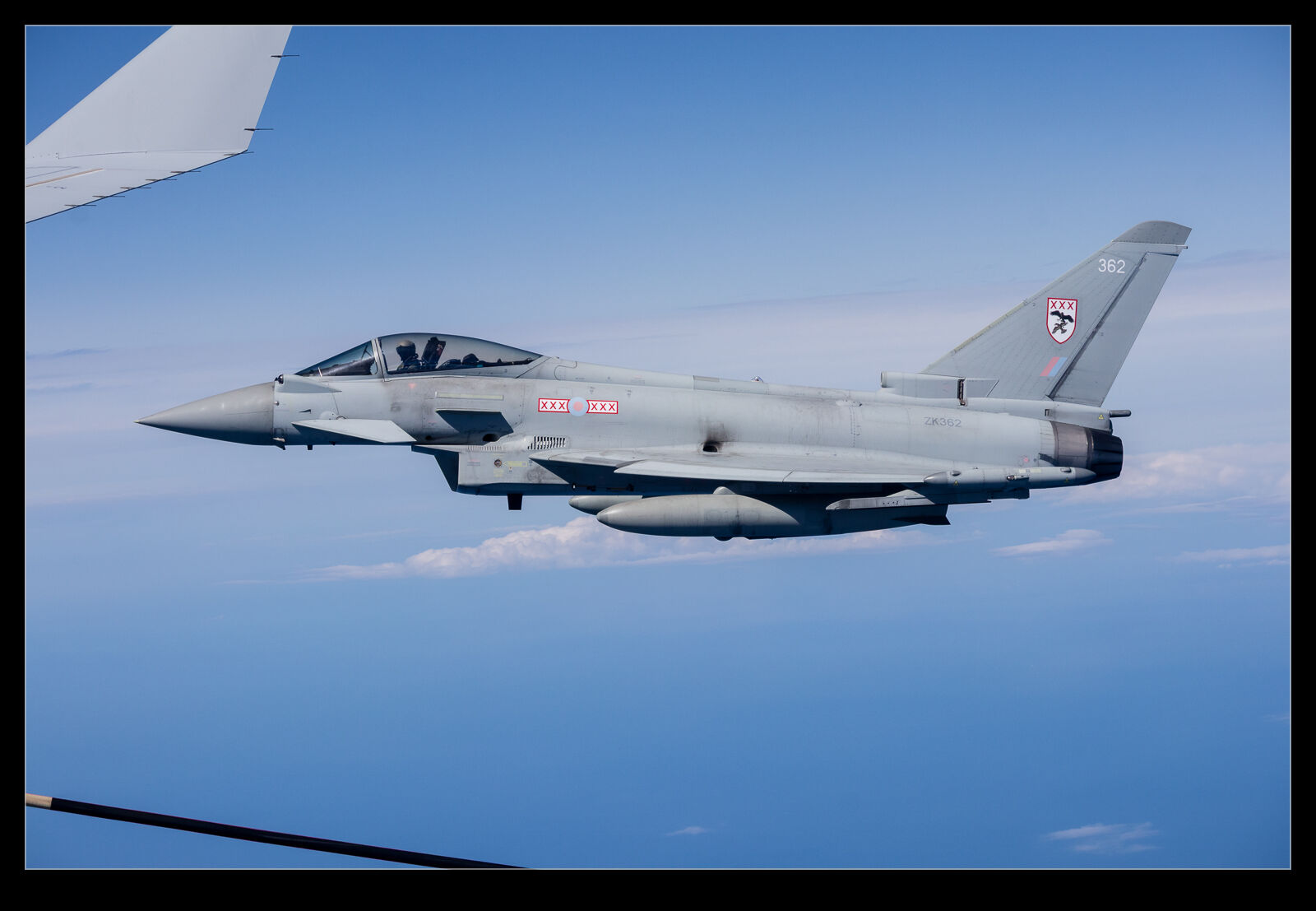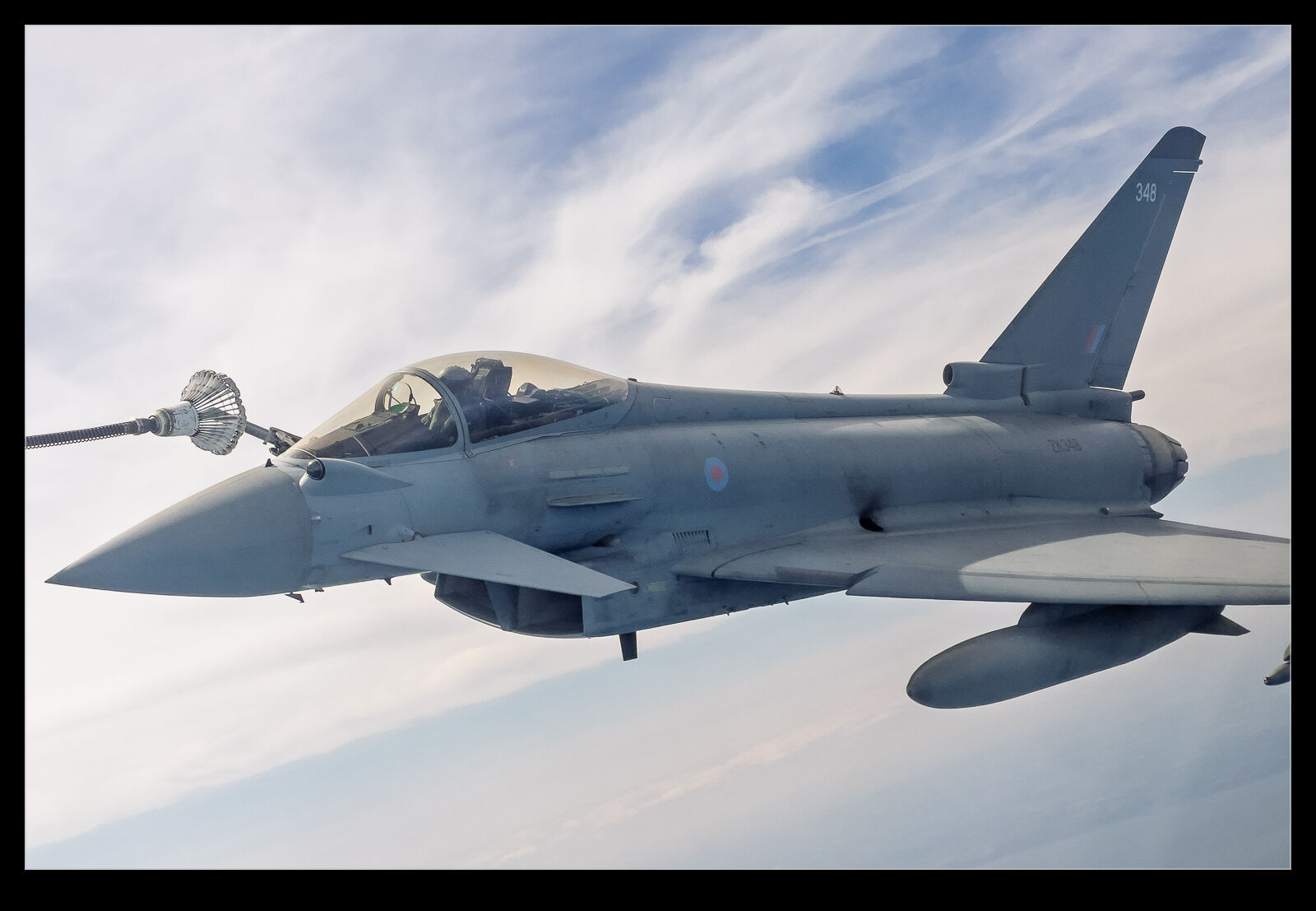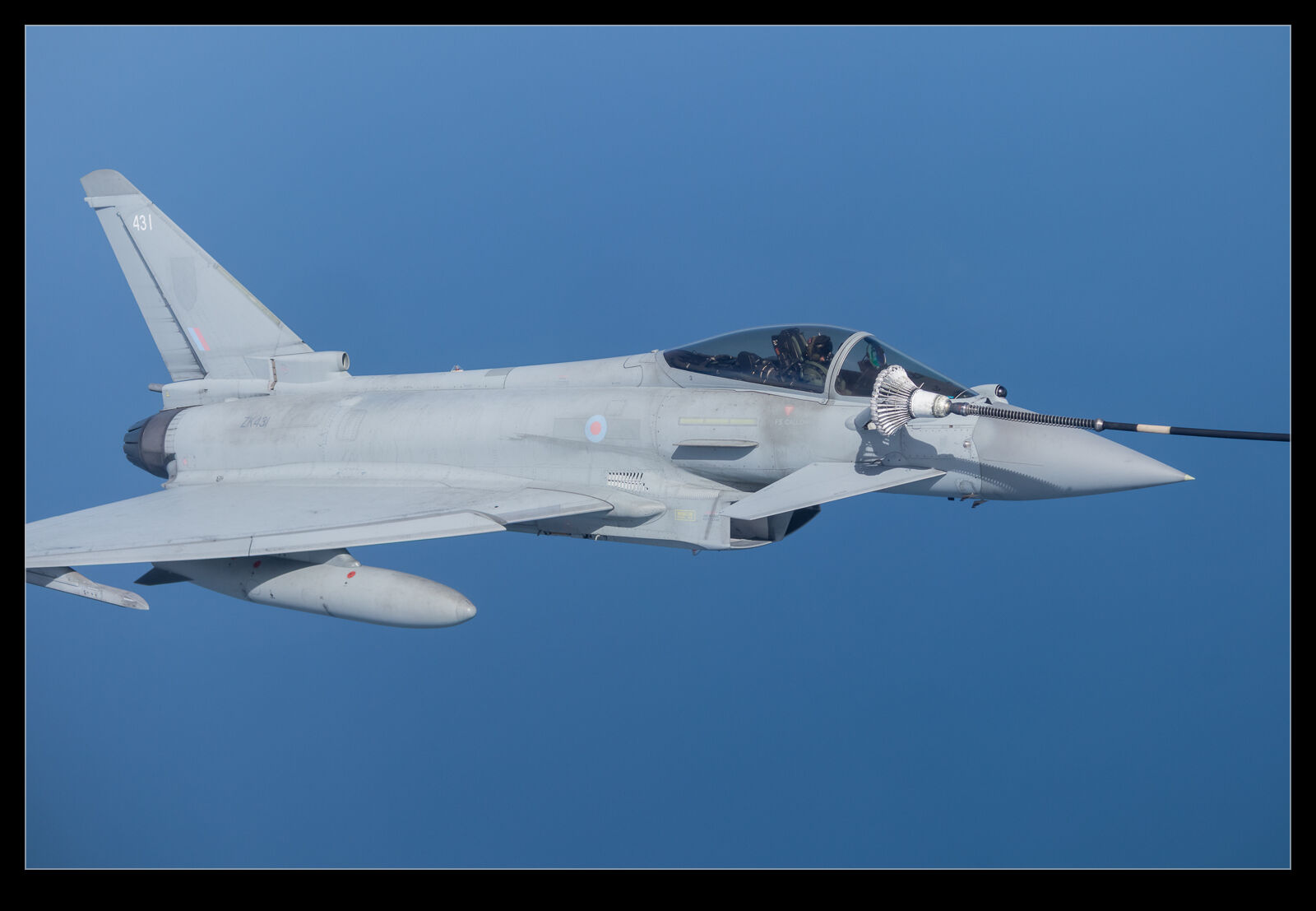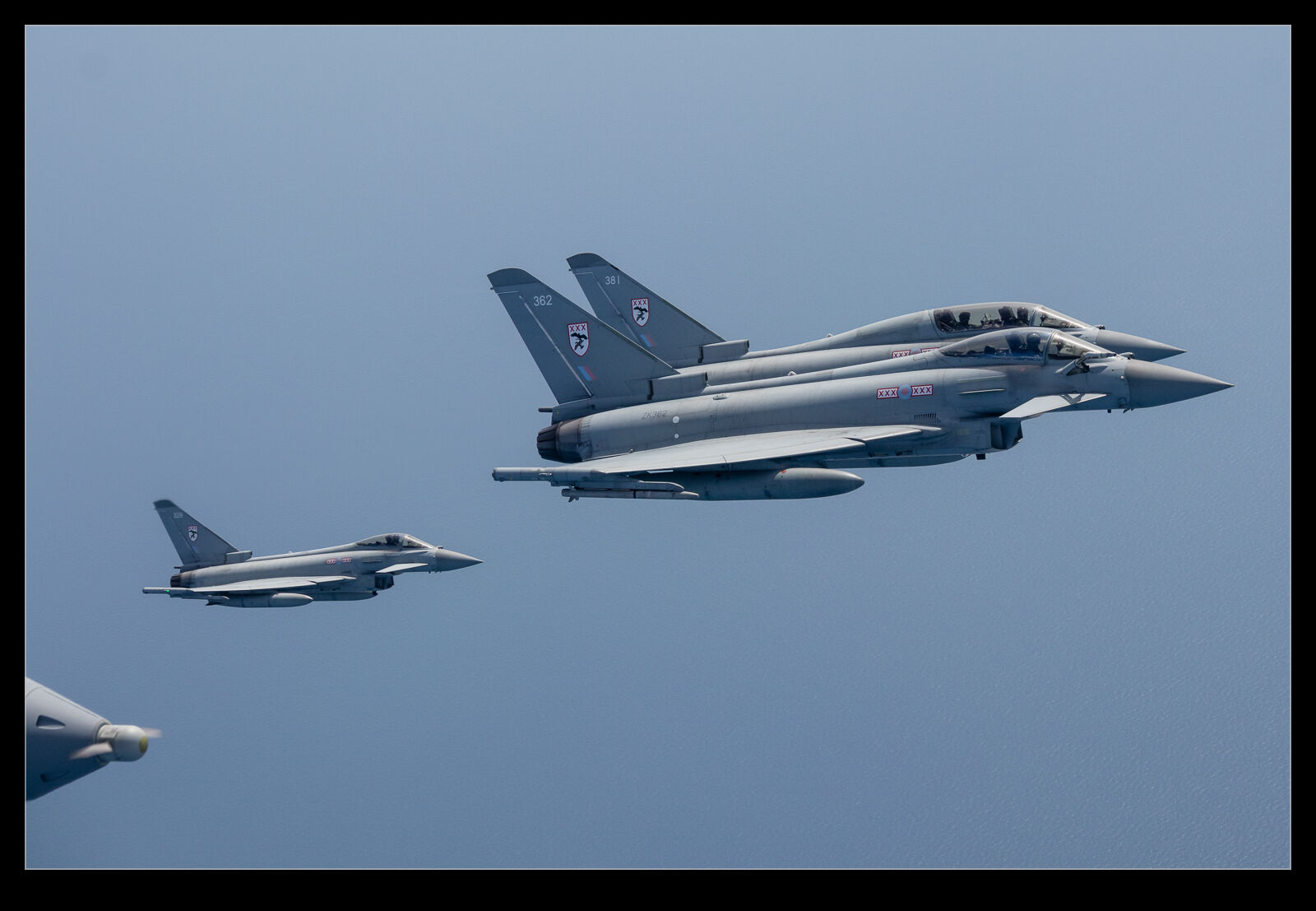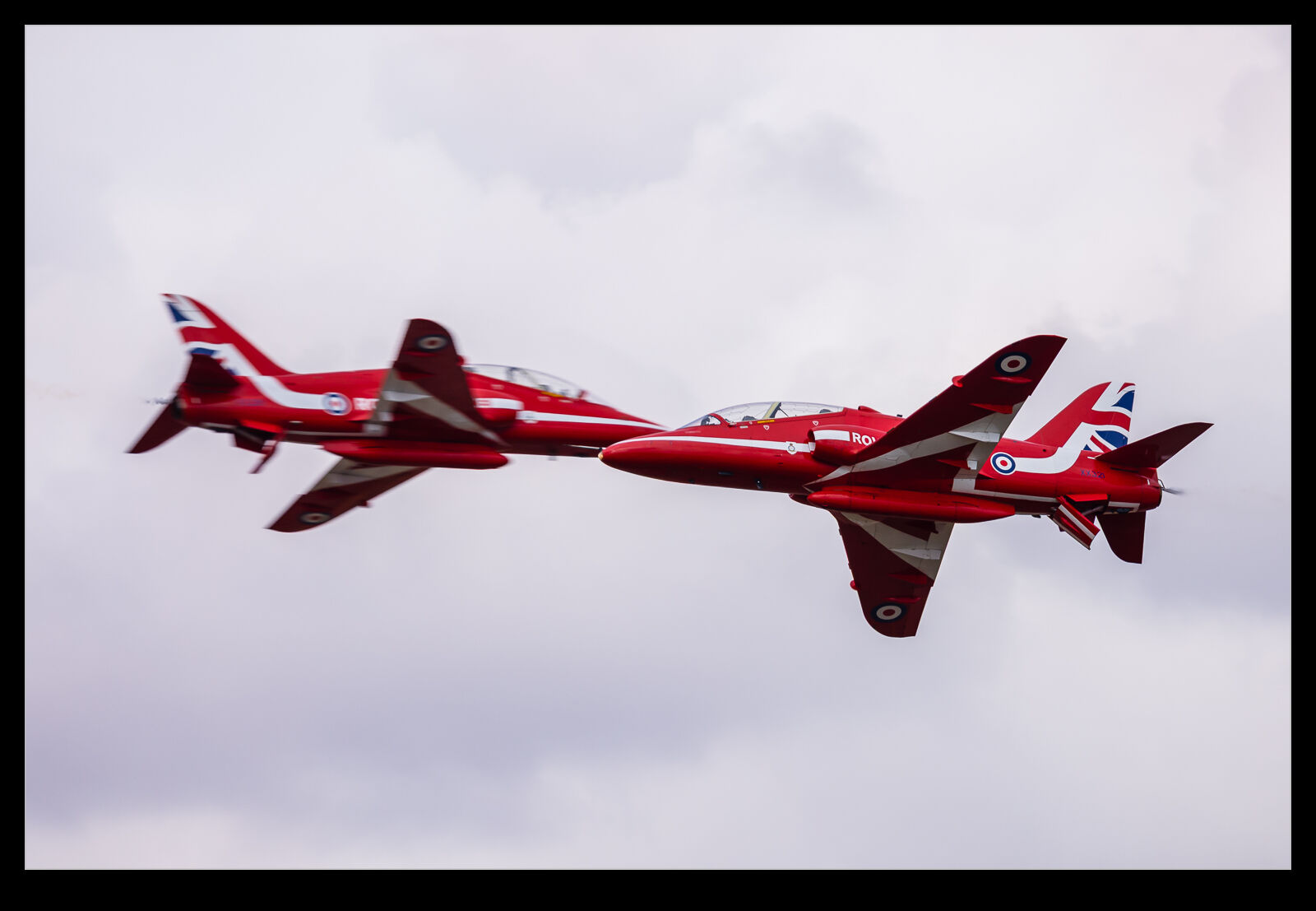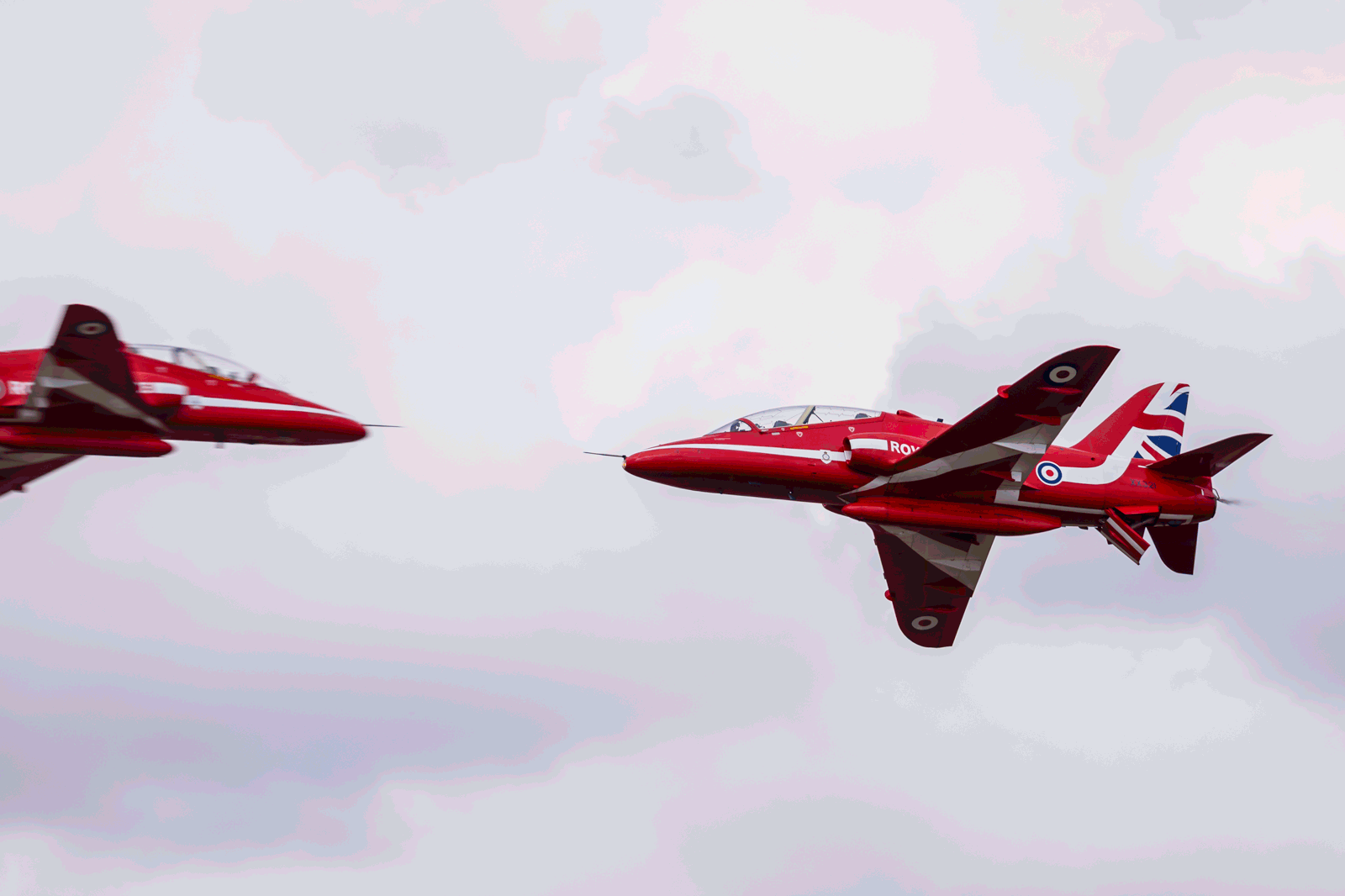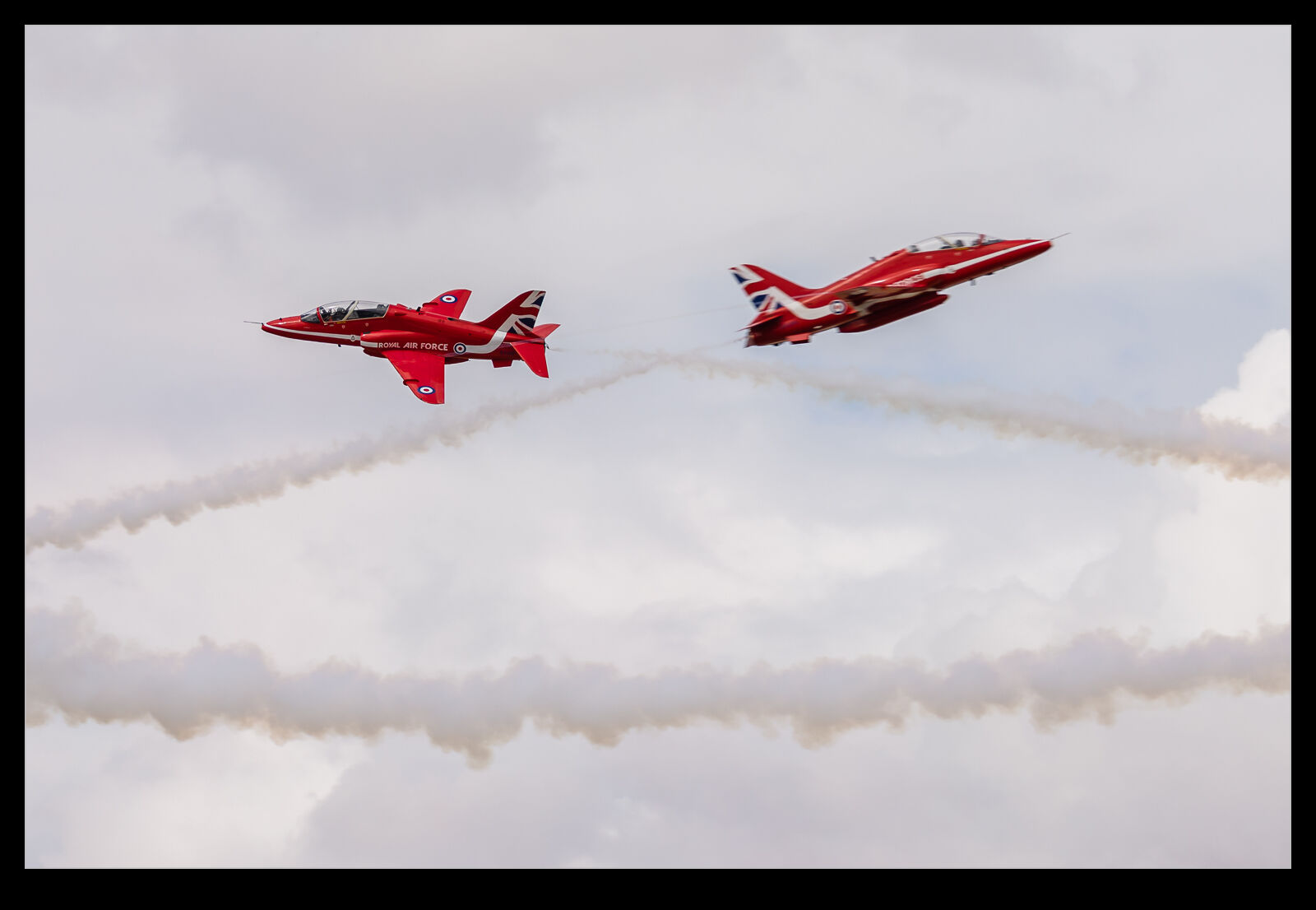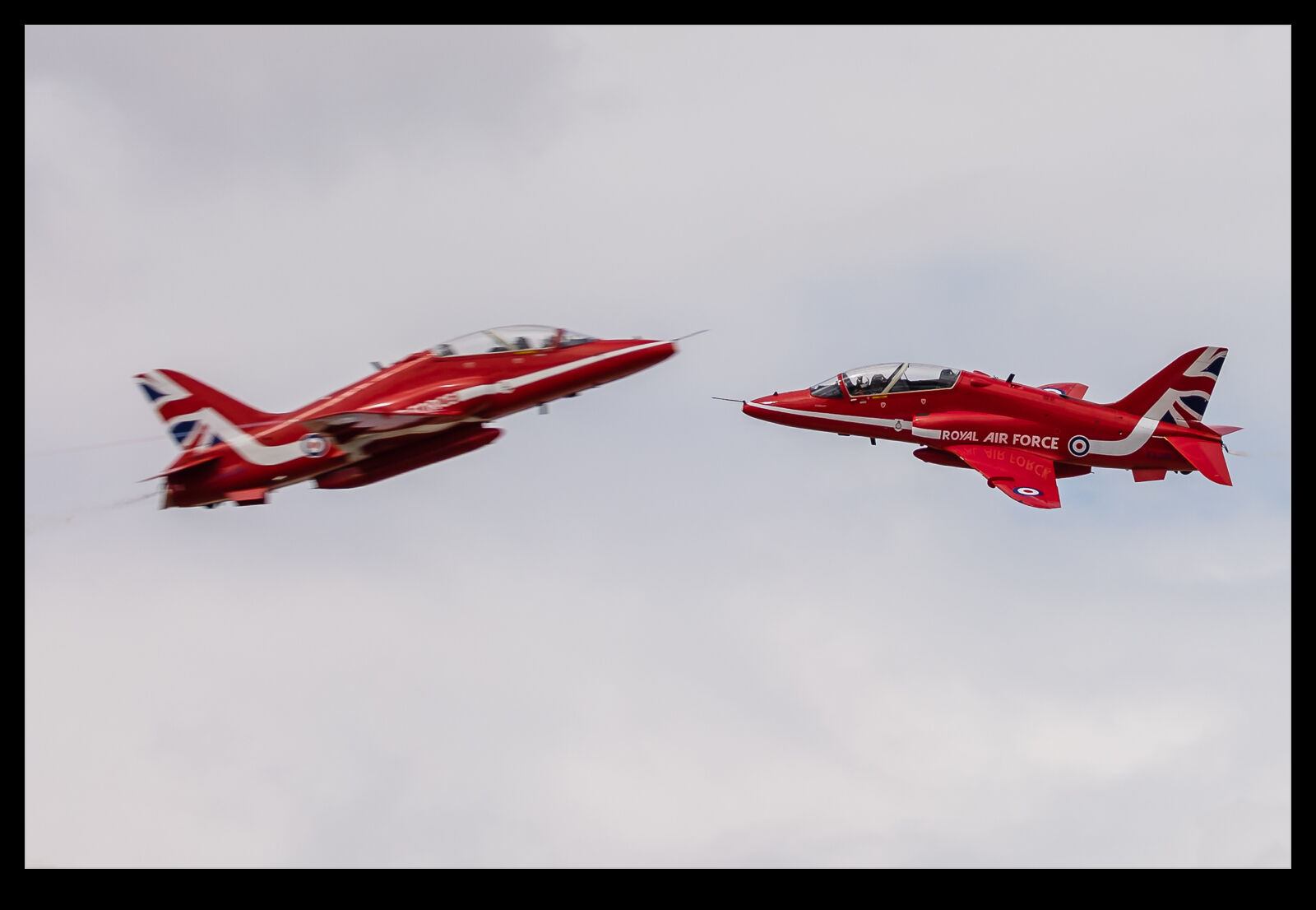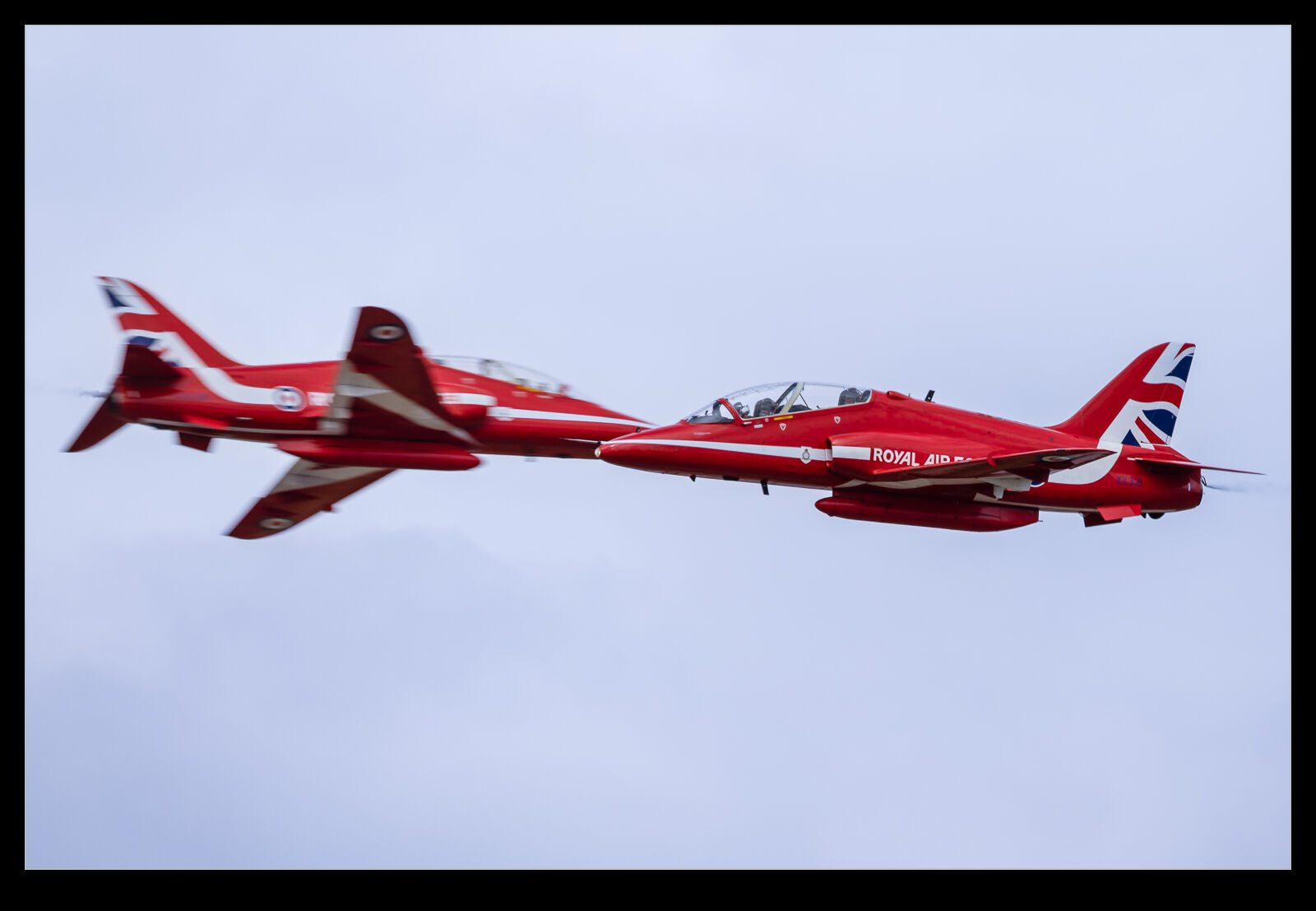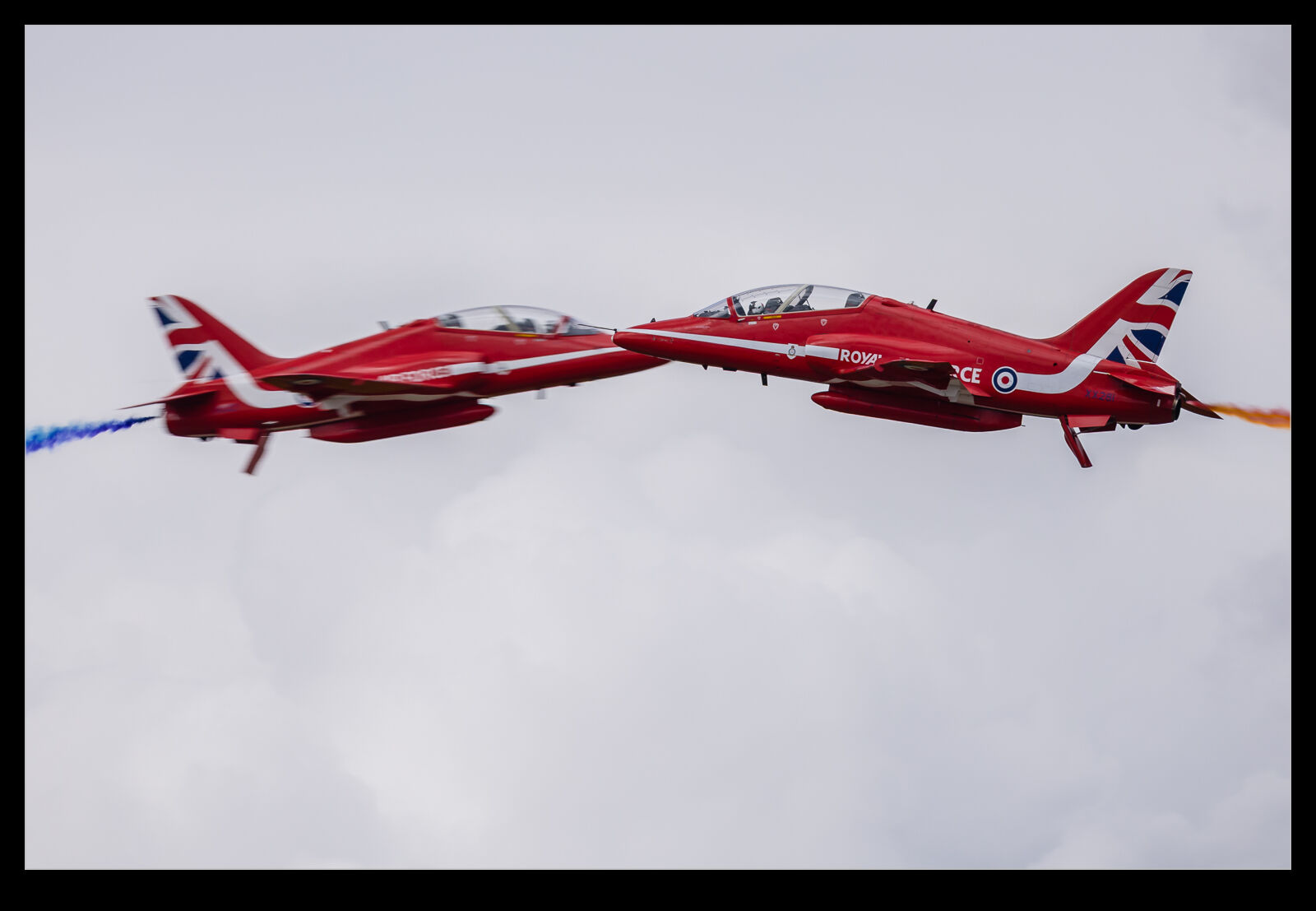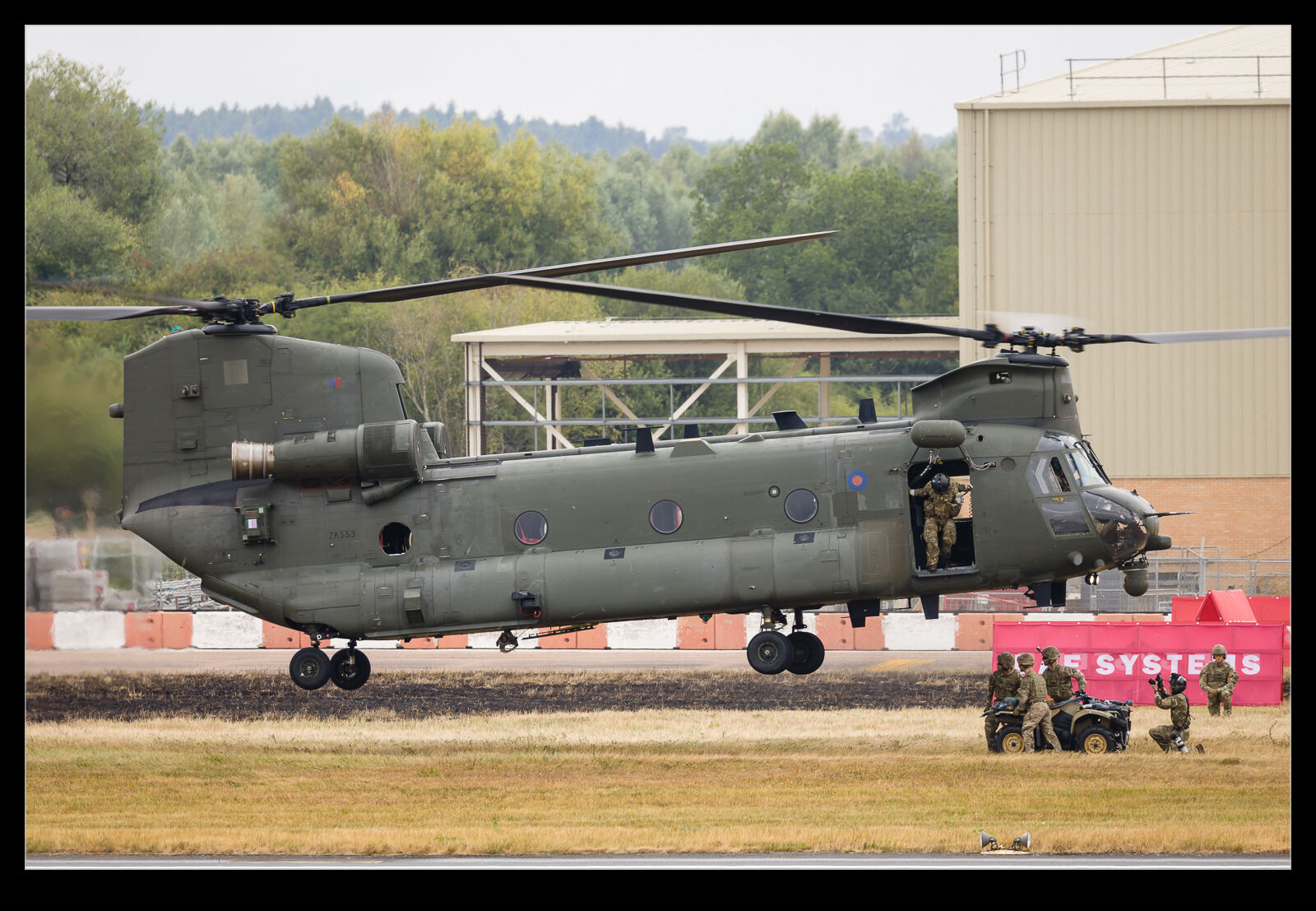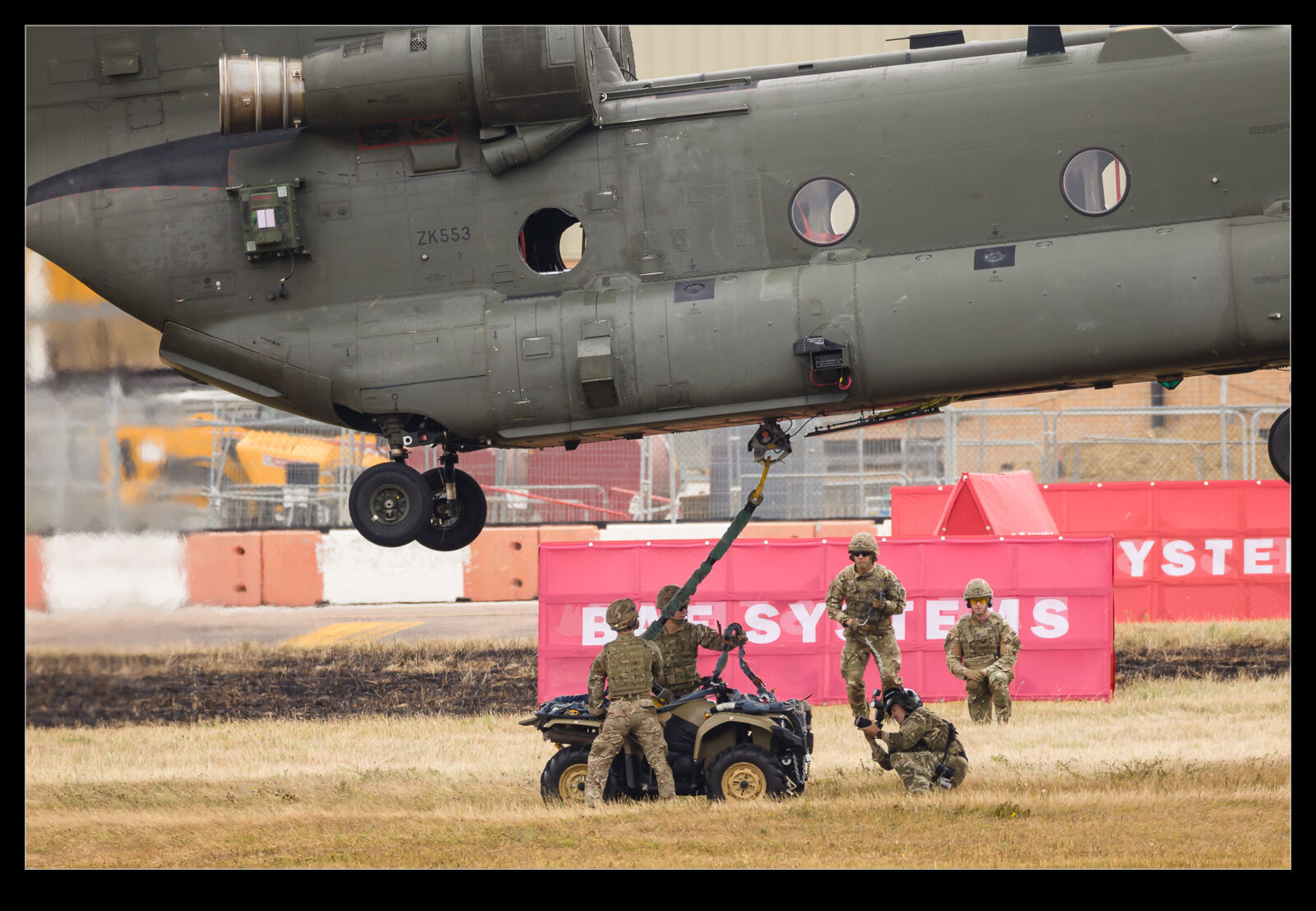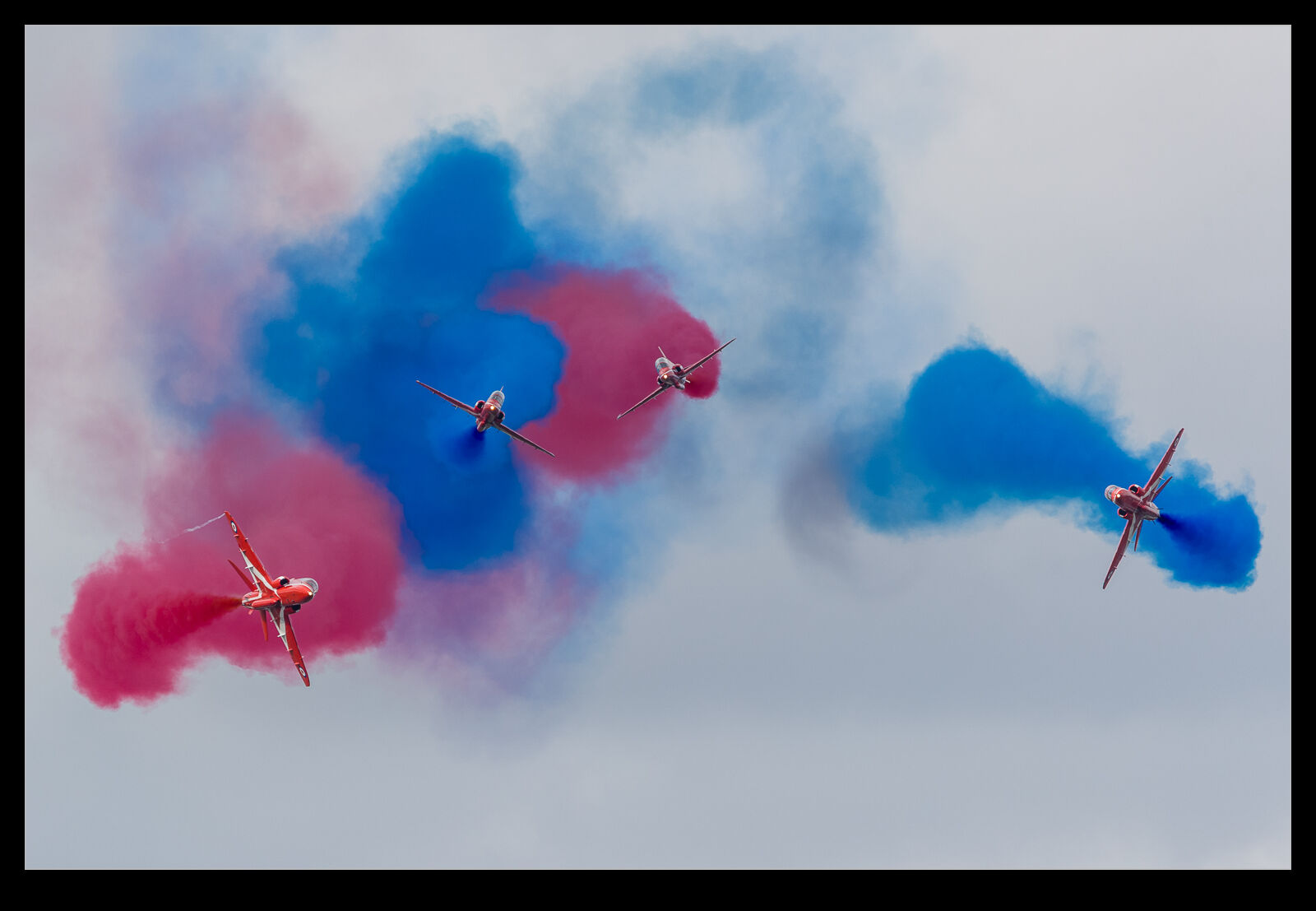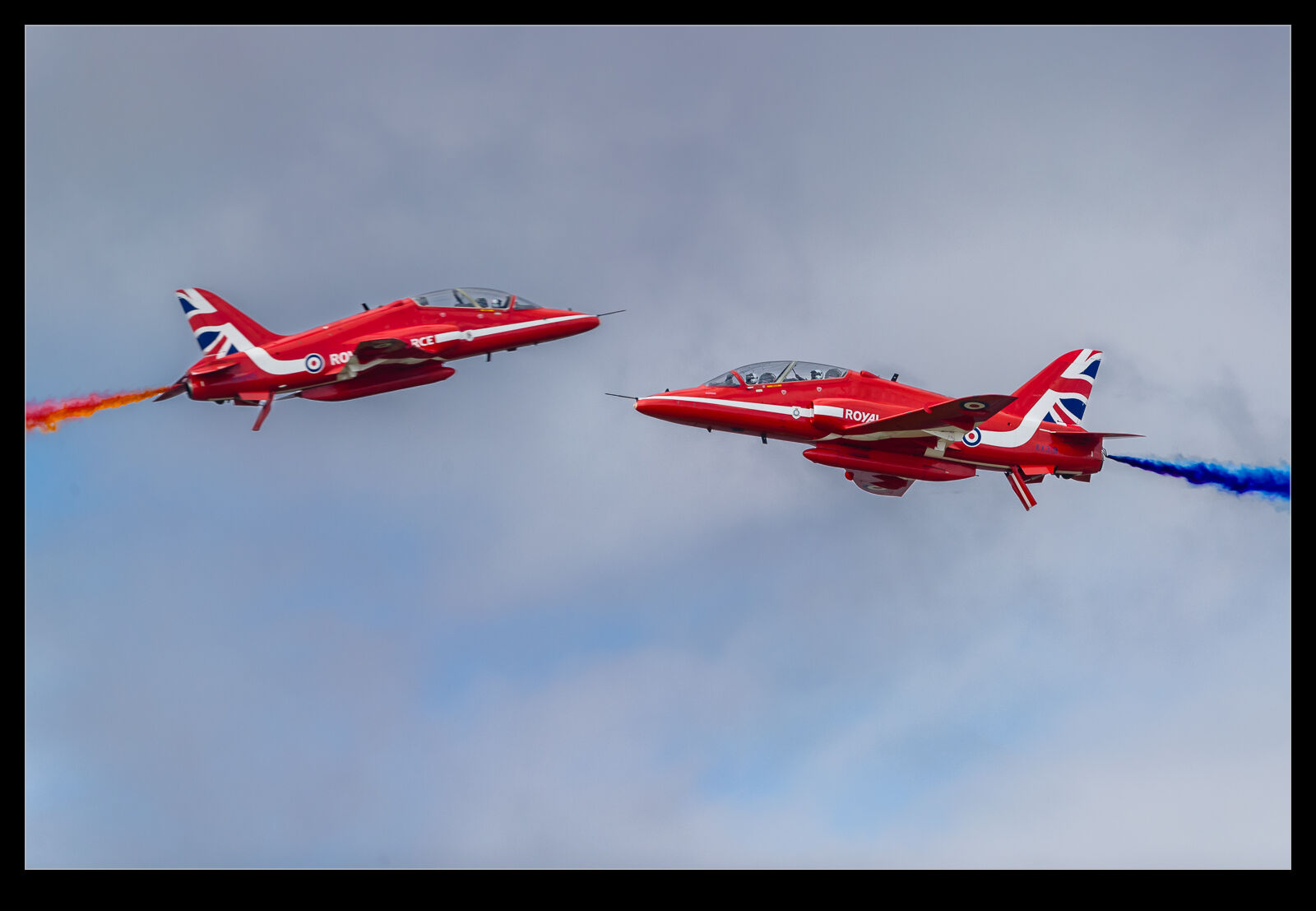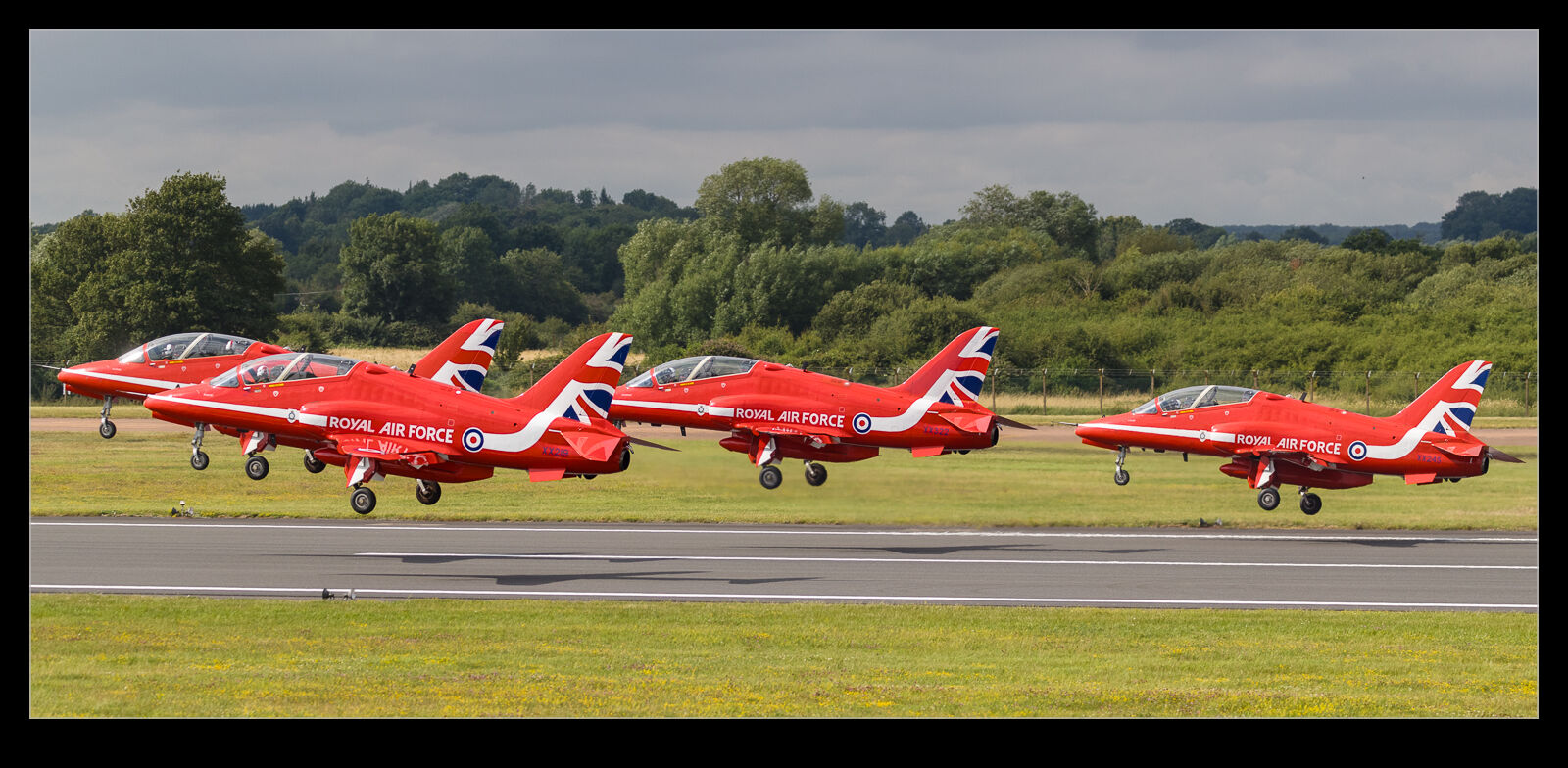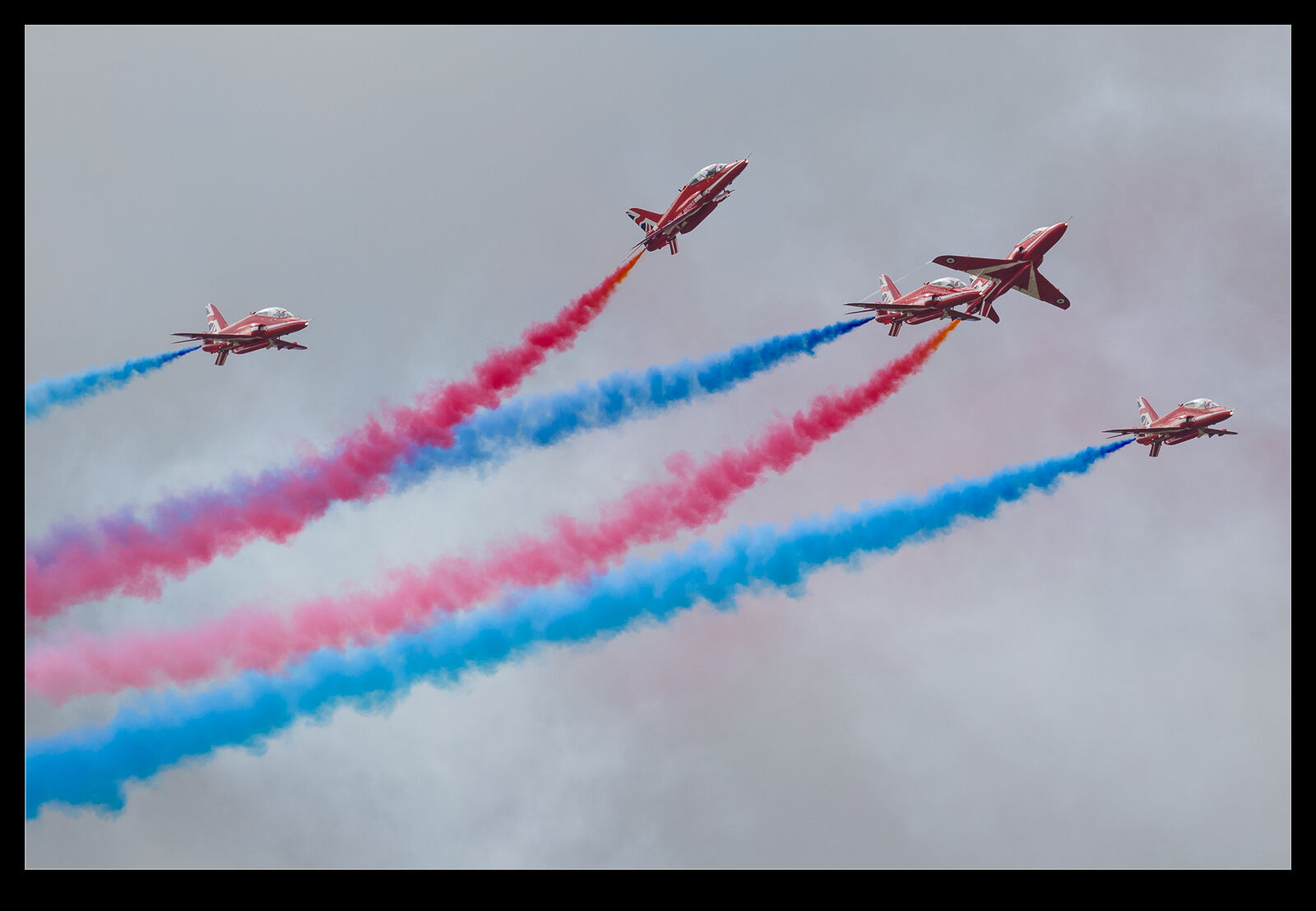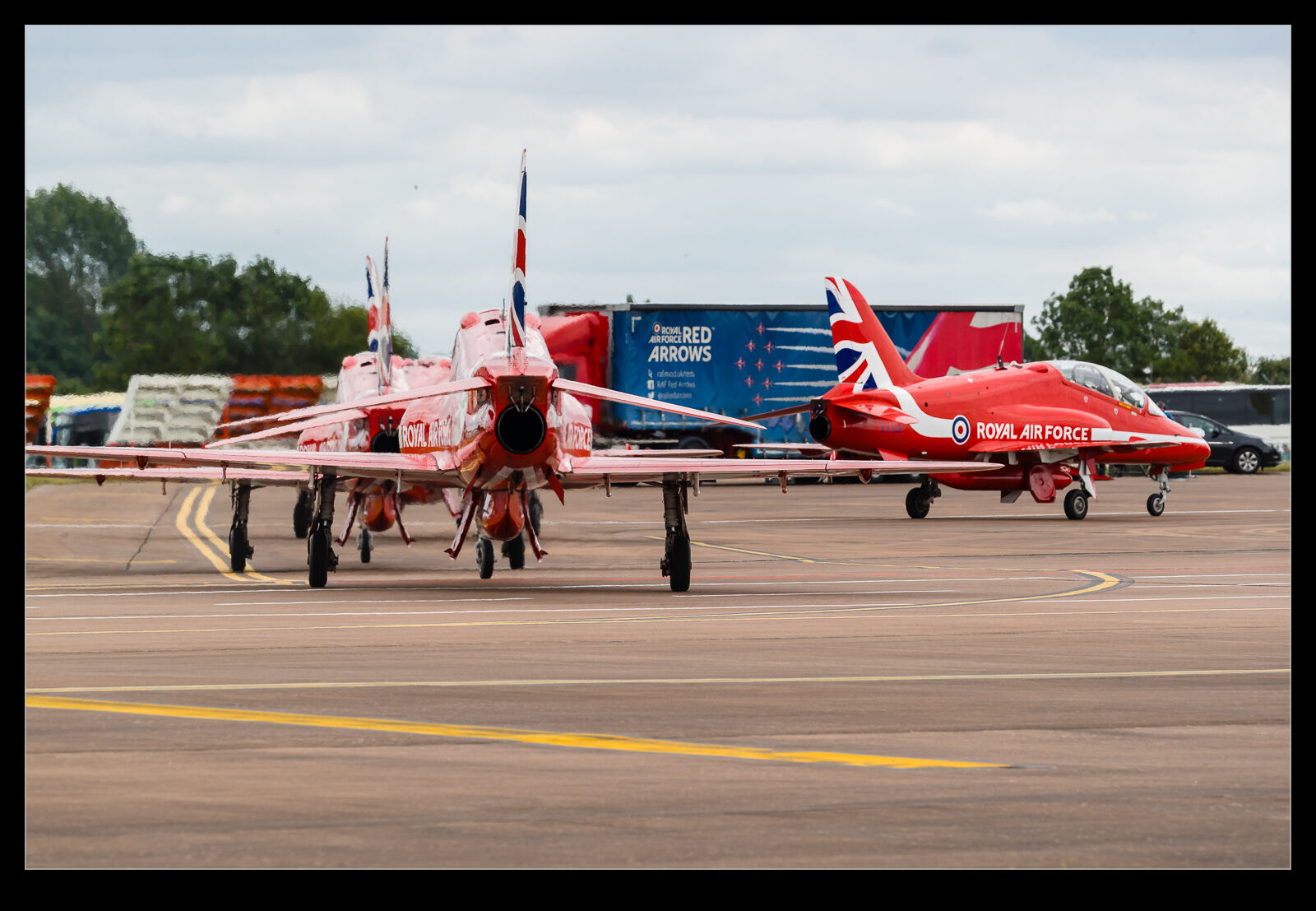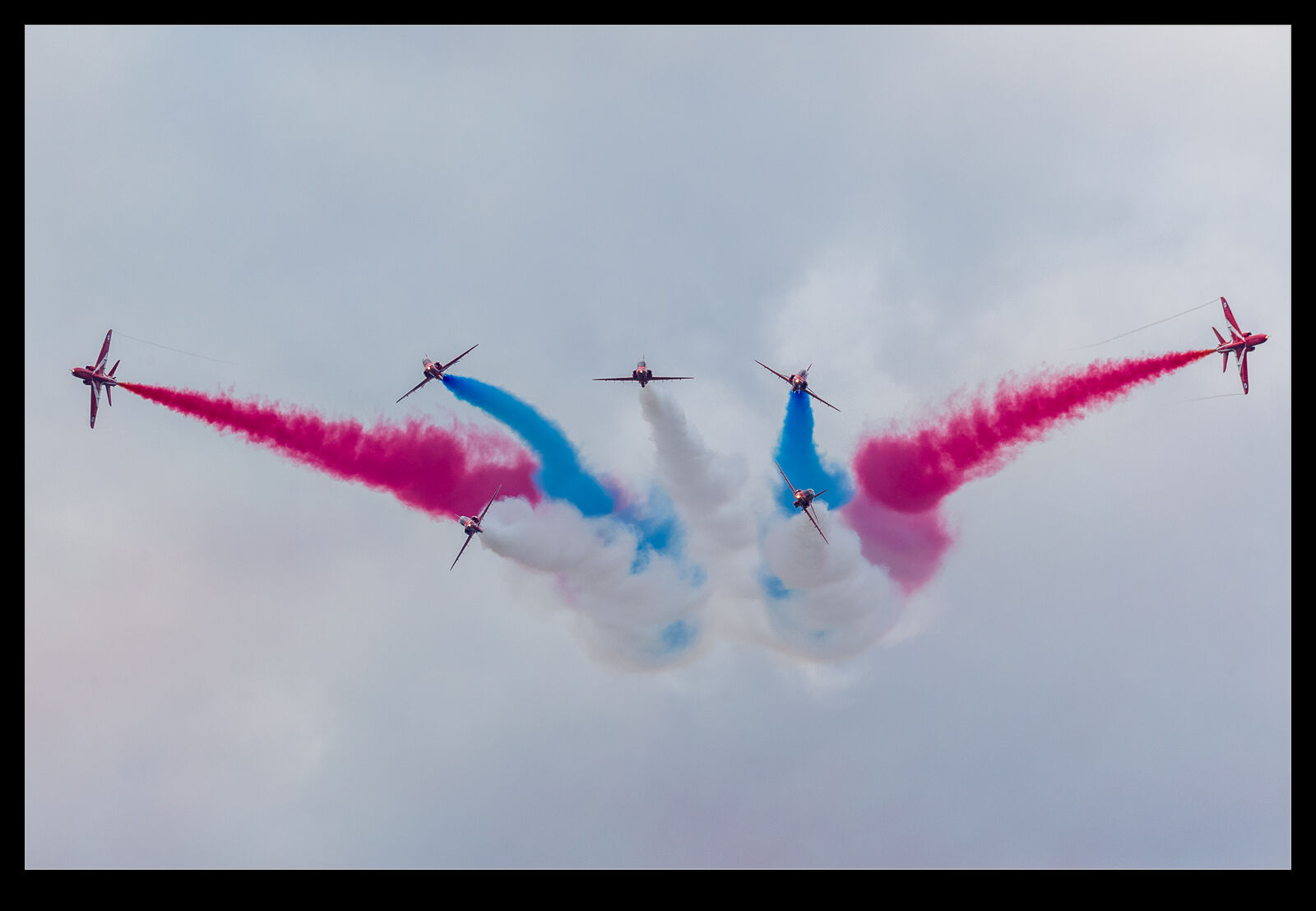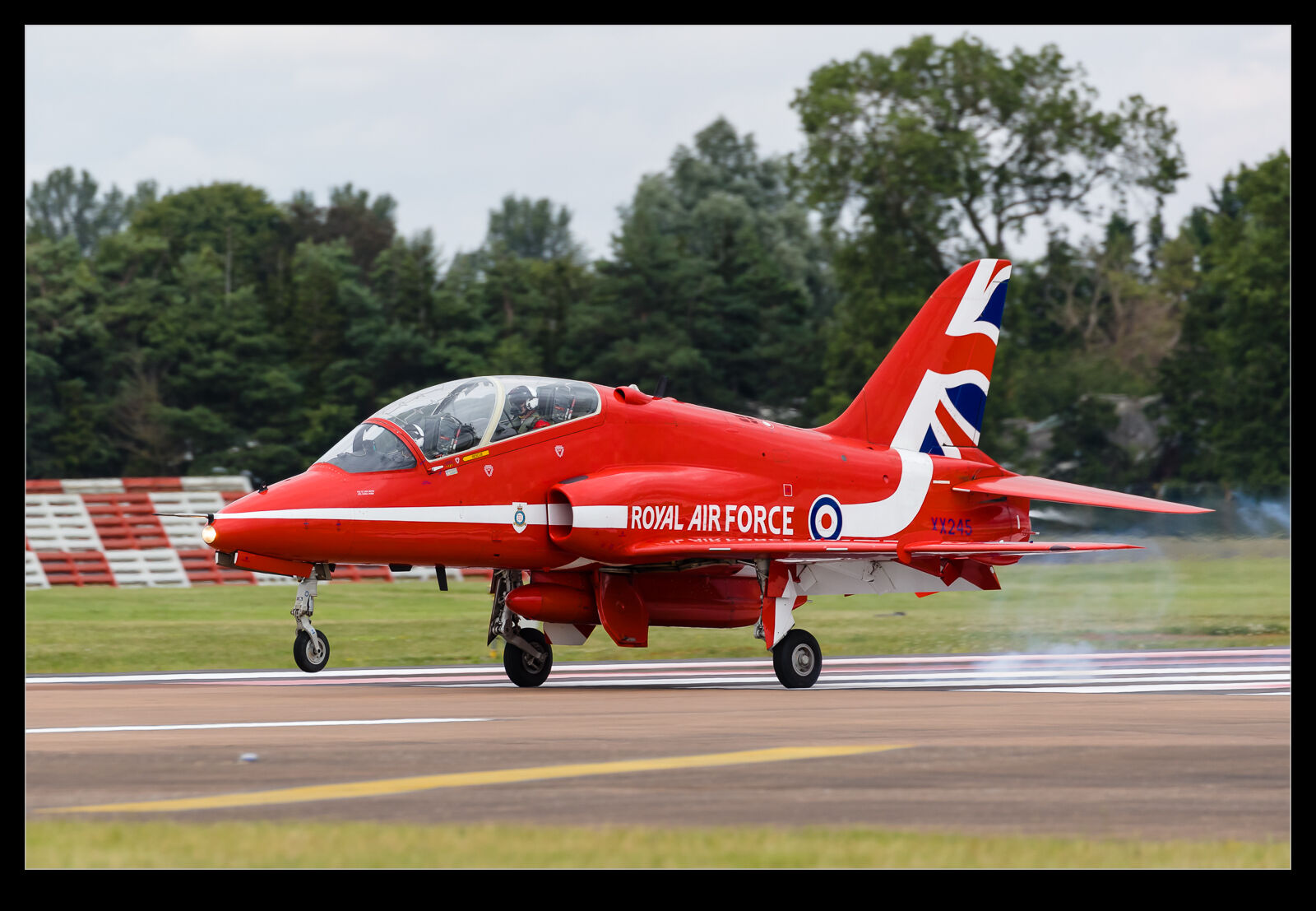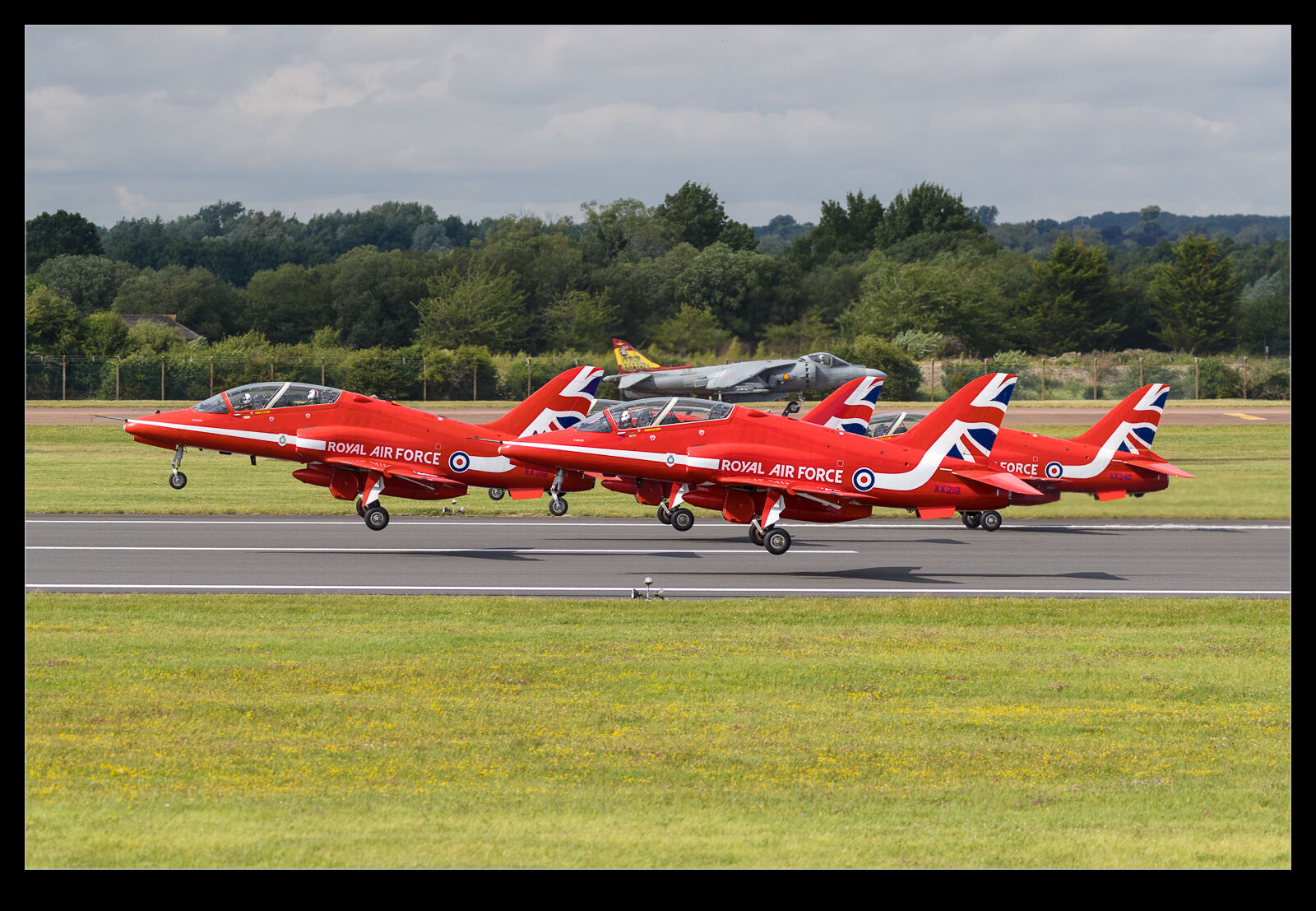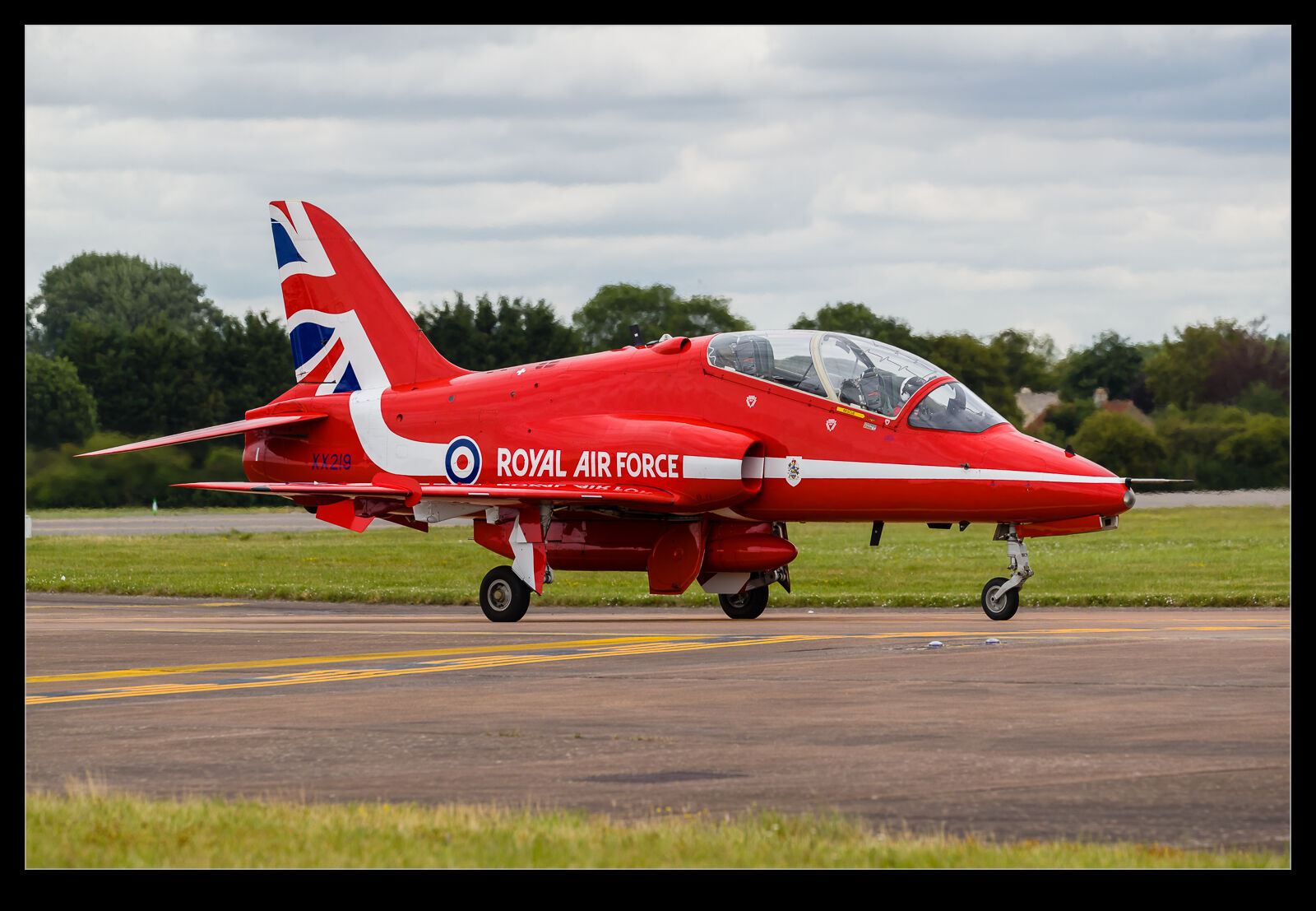 The Buccaneer Aviation Group has charge of a couple of retired Blackburn Buccaneers that it looks after at Cotswold Airport at Kemble in Gloucestershire. They held an open day in April that included some taxiing of one of the jets and I decided this would be a good way to spend a spring Saturday. They were going to start up the jet, taxi it around on the ramp, run through a sequence of tests on the airframe and then go out to the runway for a fast run before returning to the ramp to shut down.
The Buccaneer Aviation Group has charge of a couple of retired Blackburn Buccaneers that it looks after at Cotswold Airport at Kemble in Gloucestershire. They held an open day in April that included some taxiing of one of the jets and I decided this would be a good way to spend a spring Saturday. They were going to start up the jet, taxi it around on the ramp, run through a sequence of tests on the airframe and then go out to the runway for a fast run before returning to the ramp to shut down.
 There would then be a break while they repositioned everything to their ramp where everyone would be able to spend some time up close with the planes and get pictures as required. The jet that was going to be taxied was one of the last Buccaneers built and is painted up in retro Royal Navy colours as worn by 809 Sqn jets when serving on Ark Royal before the carrier was retired. I don’t think this jet actually had any RN pedigree but that isn’t a big deal.
There would then be a break while they repositioned everything to their ramp where everyone would be able to spend some time up close with the planes and get pictures as required. The jet that was going to be taxied was one of the last Buccaneers built and is painted up in retro Royal Navy colours as worn by 809 Sqn jets when serving on Ark Royal before the carrier was retired. I don’t think this jet actually had any RN pedigree but that isn’t a big deal.
 The second jet that they have is in the process of being prepped for painting in the standard RAF camouflage. Currently it is stripped back ready for paint, and I have to admit I found it rather cool looking with the random patterns that are visible. This will show in another post. The two jets were lined up together in front of the hangar to allow everyone to get their photos.
The second jet that they have is in the process of being prepped for painting in the standard RAF camouflage. Currently it is stripped back ready for paint, and I have to admit I found it rather cool looking with the random patterns that are visible. This will show in another post. The two jets were lined up together in front of the hangar to allow everyone to get their photos.
 I was one of the first cars allowed through the gate to the second part of the day which meant I was able to get some images before everyone else showed up and it started getting busy. However, they did have a good level of organisation to it all so, after giving everyone some time to get up close, they pulled everyone back a bit to leave it unobscured for photos. I did notice some steps off to one side of the ramp and asked I they might be moved in to get a higher angle on things, fully assuming that wouldn’t be possible. I was wrong. They were more than happy to bring them in which made for a better angle on the shots.
I was one of the first cars allowed through the gate to the second part of the day which meant I was able to get some images before everyone else showed up and it started getting busy. However, they did have a good level of organisation to it all so, after giving everyone some time to get up close, they pulled everyone back a bit to leave it unobscured for photos. I did notice some steps off to one side of the ramp and asked I they might be moved in to get a higher angle on things, fully assuming that wouldn’t be possible. I was wrong. They were more than happy to bring them in which made for a better angle on the shots.
 The day had started out with some damp and windy conditions. It did rain a bit during the taxi section of the day. This was quite handy in that it made the grey paint look like it would on a carrier at sea, i.e. wet! It also showed up the blowing of the wing when they carried that out and resulted in a cool vortex in the inlet being visible. As the day progressed, the weather got a lot better. It was quite sunny by the time we were on the ramp with the jets.
The day had started out with some damp and windy conditions. It did rain a bit during the taxi section of the day. This was quite handy in that it made the grey paint look like it would on a carrier at sea, i.e. wet! It also showed up the blowing of the wing when they carried that out and resulted in a cool vortex in the inlet being visible. As the day progressed, the weather got a lot better. It was quite sunny by the time we were on the ramp with the jets.
 The team were in no hurry to kick us out and, as the afternoon wore on, the number of people thinned out and the light got nicer. I hung around with a guy called Matt that I had met, and we were able to pass the time talking about planes, cameras and places. Finally, we were the only ones around and the crew started putting the jets away. The steps were still out so I was able to get a high angle as they pulled a jet beneath me. It was a tight fit, but it all worked out well. A top day out and many thanks to the tea baggers at TBAG.
The team were in no hurry to kick us out and, as the afternoon wore on, the number of people thinned out and the light got nicer. I hung around with a guy called Matt that I had met, and we were able to pass the time talking about planes, cameras and places. Finally, we were the only ones around and the crew started putting the jets away. The steps were still out so I was able to get a high angle as they pulled a jet beneath me. It was a tight fit, but it all worked out well. A top day out and many thanks to the tea baggers at TBAG.




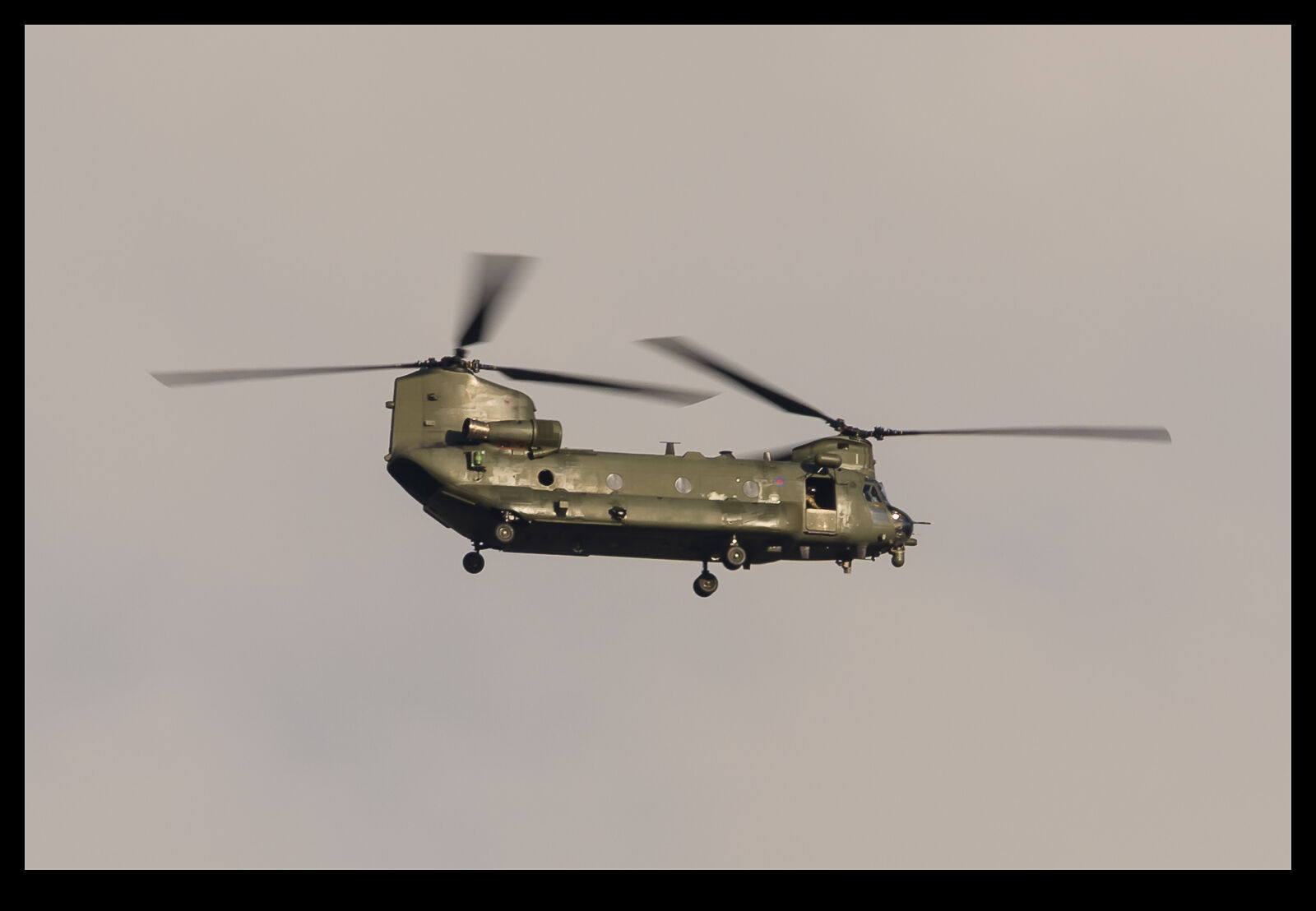 The RAF’s base at Odiham is not too far from where we live and it has been home to Chinook operations since the type was first introduced to service. I guess that there are training requirements for instrument approaches for the crews because it is not uncommon for them to show up over our house as they head to Southampton Airport. They will fly a few patterns which can include coming over the house.
The RAF’s base at Odiham is not too far from where we live and it has been home to Chinook operations since the type was first introduced to service. I guess that there are training requirements for instrument approaches for the crews because it is not uncommon for them to show up over our house as they head to Southampton Airport. They will fly a few patterns which can include coming over the house.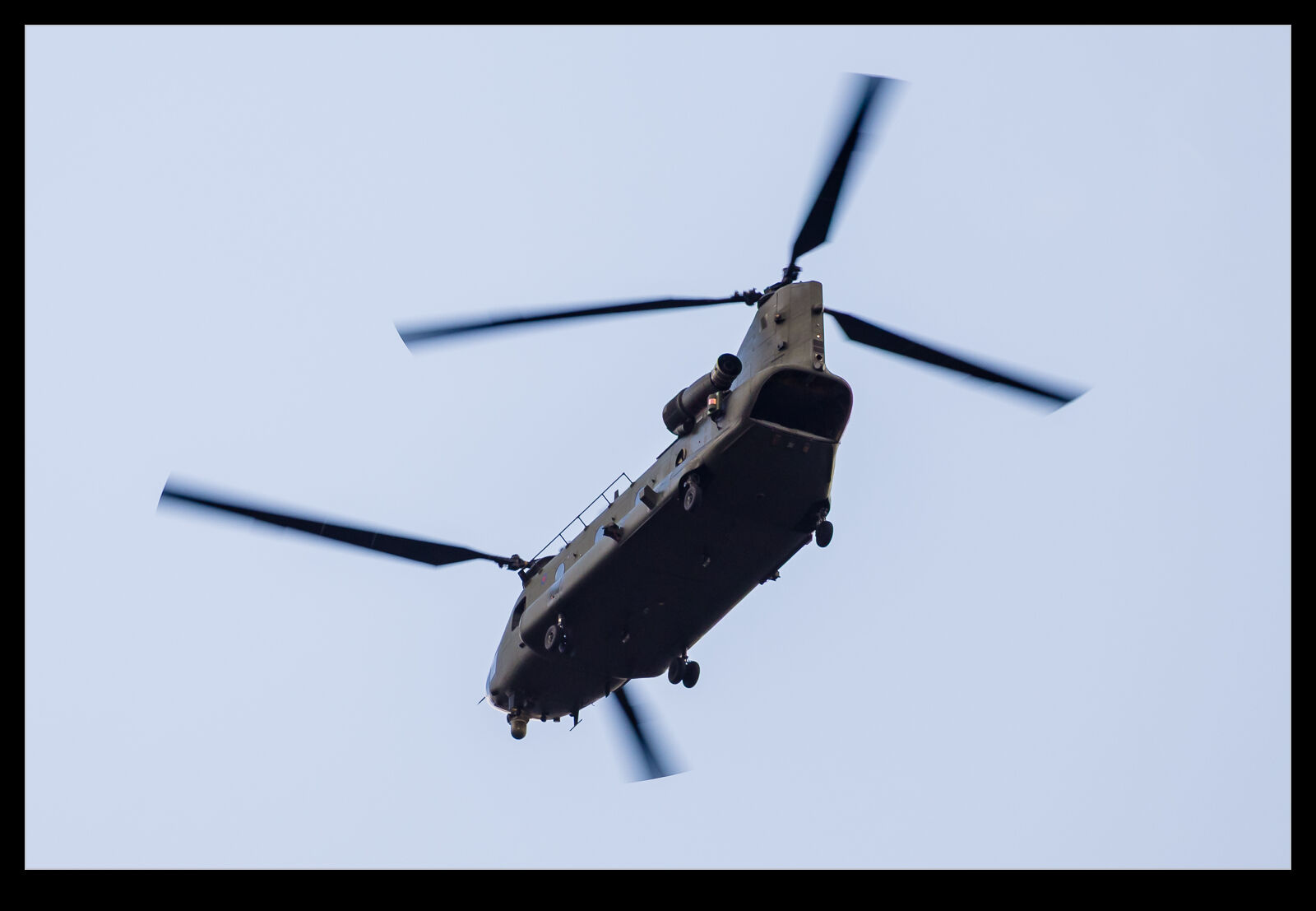 Usually, they are a bit offset from us if established on the localiser and, while the Chinook is a large airframe, they are a bit distant for a good shot. However, I have managed to get a few when the light was more favourable. At some point I will get a closer encounter with them.
Usually, they are a bit offset from us if established on the localiser and, while the Chinook is a large airframe, they are a bit distant for a good shot. However, I have managed to get a few when the light was more favourable. At some point I will get a closer encounter with them.